Sculptors know this: that it takes more than a photograph or a drawing to aid in rendering the plastic qualities of a work. In seeking references the sculptor must be physically present to his model. Otherwise the sense of solidity (or its displacement) evades him and the work is doomed to a contrivance of dimensions. This is the case of Baroque-styled santos in the Philippines, where often the wood carver was given a print to copy and he faithfully reproduces that - and results in nothing but a raised projection of a design. (A connoisseur in antiques once deplored the lack of articulated back parts of Ilocano santos, perhaps the references have no design for rear parts?)
As I needed this sense of solidity, I went to look at the works of a true modern master sculptor at the eponymous Musée Rodin in rue de Varenne. And I was not disappointed but in fact overwhelmed. Housed in a beautiful mansion and the artists former home, Hotel Biron, are Rodin's works in bronze, plaster and marble, including his studies, maquettes and other works by friends and assistants. The museum however is under renovation and some parts of the garden are even walled off. Yet the 9€ entrance fee grants you access to all areas including the temporary exhibits. (You have access to everything, says the cashier in English). Auguste Rodin lived from 1840 to 1917. He was hailed even during his lifetime as an ingenious innovator of the classical sculptural form whose tradition goes as far back as the Greeks in the 5th century. While decidedly academic and classical in his use of materials of stone and bronze and the depiction of the human figure as subject, Rodin's mastery of clay modeling allowed him to present the body in elongated and contorted poses that results in emphatic and expressionistic overtones that defined his body of work. There is something poetic in the way the sculptor handles mass, and his approach is almost improvisational. He defines bodies like mountains, with muscles and sinews erupting from the form, like a volcano seeping through. The primary clay whose malleable dollops are preserved in bronze, retain the viscous quality of having one slapped over the other. There lies the vigor of a Rodin work: its sense of immediacy. As I was looking forward to studying Rodin's works intently, I went about the sculpture garden unhurriedly. I was also delighted to have some morning sunlight, although it was veiled by the low-lying clouds. In the garden are some of his well known works: The Burghers of Calais (which I used as a reference in my thesis in 1994), the Gates of Hell and The Thinker. In the museum itself the works are temporarily arranged chronologically from one room to the next. It begins with a presentation of Rodins early works, including forays into Impressionist painting. Then the exhibit goes on, from showcases of busts, maquettes and studies to casts of important works such as his versions of the Monument to Balzac. One room is devoted to the works of his friends, apprentices and his muse, Camille Claudel. This room has a few paintings including an oil by Edvard Munch, a Renoir nude and a seascape by Monet. At the last room at the second floor I decided to set aside my Ipad and dis some sketches in order to discover the solids that comprise the forms of his nudes and the work, Iris. But it was in the special exhibit Rodin:Flesh and Marble that really made me analyze the master's approach to form. Although there are only a few that Rodin did work on directly, most of the marbles were done in collaboration with stone carvers and apprentices. What seems to be Rodin's real guide is the play of light and shadow, or tones. He utilizes recessed areas to create dramatic darks from an overhead light, and often in these penumbral space he articulates details less. With marble, especially in his masterwork, Thought, he also uses the capacity of the surface to reflect light. With Thought (La Pensee), the unworked block of stone catches a downstream light and bounces off gently on the face (that of Claudel). Careful articulations of eyes and nostrils allow the light to define some of these details. Rodin was a keen master of the theatrics of light on material...astounding. From Rodin I learned that the form often follows the definition of dark and light, and the poetics of his contortions are highlighted by the presence of sweeping swathes of beautiful shadows. Michelangelo discovered that sculpture is also a matter of focus and emphasis, like in the case of painting. Rodin extended this idea by using polished and rough textures, finished and unfinished parts, illumined and darkened areas to complement each other and provide the eye a proper perspective on how to regard a work in the round. A sculpture is not the summary of different angles of interest (not a 360 degree painting!) but rests on one primary viewpoint with the rest and details supporting that view. You'd have to be standing in front of a Rodin to see that angle, that vantage point that he gives emphasis, because the work emanates from that spot. So was I able to apply these things at work today? No. I had to take the whole day off, to be able to digest the visual feast that I am currently engorged with. For the past few days I have taken to walking to and from Cité des Arts and Eglise Saint Merry. Although I have a monthly pass for the bus and metro, I suddenly felt that waiting for a vehicle to take me to a destination is somewhat uninspiring. Besides St. Merry is but one station away by Metro on Line 1 (M Hotel de Ville) and three stops of the Bus No. 67 (rue de Rivoli) They say that Paris is a walkable city and as an avid pedestrian, I testify to this.
My route is simple with a few variations. Avoiding the busy rue de Rivoli - a stretch of busy road from the Bastille and ending at Concorde - I take the quieter street of rue Geoffrey d'Asner and go to rue de Pont Louis-Philippe through a small alley next to the Memorial de Shoah. This Memorial is a museum for Jewish art and culture and its Le Mur de Justes, bearing names, is said to be an echo of the wailing wall in Jerusalem. Rue de Pont Louis-Philippe has a few interesting galleries and couture shops, which are plentiful in other side streets in this area called Le Marais. I cross rue de Rivoli to access a parallel road rue de Verriere, which goes all the way to Forum Des Halles, the underground mall. I stay on this road because St. Merry has an access door along here, in the area of Beaubourg. I only have to make two crossings, a small road crossing that leads me to the rear of the big Bazar de Hotel de Ville or BHV, and another traversing rue de Renard where a Mc Donalds is a clear landmark on the other side. A Vietnamese restaurant HC3 is in the same row as McDonalds and I once ate Pho there, very good but also a bit pricey (I could get two orders of this beef flank soup in a mall back home). Before I go into St. Merry I often buy some snacks at either MonoPrix or Franprix and on occasion, Carrefour City. I also take a look at the books at the Mona Lisait shop, where I have purchased five books to date. This shop carries cheaper (4€ for a monograph on Fra Angelico) books but the catch is they are all in French and there are only a few titles on English. But if one just buys for the illustrations, then by all means this is a nice resource for references. Some galleries are just nearby and one in particular JB Galerie has some works by Chinese contemporary painters (Min Yue Jin, Fang Li Jun) The western portal of St. Merry has three doorways, the side doors leading to the offices and the residences and a large wooden door providing access to the church through a chapel that was built in the 18th century. I go down to the cellars to work via the office which has a very narrow stairwell that descends to the basement. The cellars are very well lit and are used by resident artists as studios and as a stockroom of sorts. The walls are of rough limestone and it can be cold in the area but not as chilly as the open air. The floor is made of patches of stone, cement and even dry soil. The walls of this cellar used to be lined with saltpeter and were at a time scraped off by Napoleon's troops for the production of gunpowder. As I have mentioned before, the church is currently undergoing restoration and cleaning and often not a pretty site compared to other churches of the same scale, like Eglise Saint Severin or Eglise St Julian de Paure. It does not also have a park in its periphery - quite uncommon in Paris - but its east side overlooks the fountain of Jean Tinguely and Nikki Saint-Phalle where skaters, teenagers mostly, and a bit of a number of tourists hang out. The eastern side is also the only area that is good to photograph as the facade is covered in protective netting and its rear is hidden by tall apartment buildings. This side also opens up to the Centre Georges Pompidou, museum of modern and contemporary art, and an architectural enigma by Renzo Piano. On weekends the sloped open space facing the museum is teeming with people, street performers and street artists. But once in the cellar that busy world is shut out. The only noises I hear is the gurgling of the waterpipes and the hissing of the heating system. My work area looks like the building's old boiler and kiln but its recesses and chutes are filled up with scrap wood and even sculptures. Insulated here I work for five hours straight, often three. I leave every 7pm, when the church above shuts its doors. I can work anytime and even stay the night in the cellar, although I might never need to do that. My progress is good, and in three days I have defined a torso our of a splendid block of wood with a set of marvelous carving tools. When I exit the church, darkness has fallen and the restaurants are full of people having dinner or beer or coffee. I walk past these and walk to a road that leads to the rear of Elise St. Gervais-St. Protais. From this church I once more go to rue d'Asner and find the gate of Cité often still open. (It closes at ten). By this hour the homeless are already preparing their sleeping bags along the corridor of Cité. They do not bother anybody and seem to be content with their camp-out habitat. I assume they use the free toilets near the bridge and I do hope so. By 11pm the tourist boats that ply the Seine are gone. The river is at peace and the night is quiet. Tonight rain falls and the wind picks up speed. A few people walk down the streets and buses fly swiftly by. Paris has fallen asleep, with one eye open. Most people in their sojourn in Paris mark the passage of time against the grid of a calendar or a list of itineraries and schedules. In my case I tick the passage of time with a tree, or the shedding of its leaves and its transformation from bright green to red. This is in honor of my first true experience of autumn in the northern hemisphere. (I was in Beijing in early fall six years ago, but the concrete gray megapolis did not offer me a similar sight.) I have indeed "adopted" a large tree whose foliage obscures a view of the western end of Île de St. Louis and the Pont Marie that stretches across the Seine. This tree for weeks have been nothing but such an obstruction - but I pity it now, losing its mass in progressive succession, and I hate to think that it is becoming more transparent as the days go by. Two birds nesting in it call out every morning approximately at 6am, about the same time I begin my own day, writing about my dreams from the night before.
Like this tree I too am learning to shed a number of my leaves, and I also fear my increasing transparency. Which is of course a baseless fear. People think knowledge is a matter of acquiring massive doses of information, and may liken this to my tree in spring, heavy with leaves. But I realize now that this is wrong. True learning is a matter of knowing what to shed off, what to throw off as mere burden or superfluous and be able to find the framework of one's mode of cognition and memory - so that the world may be transparent through the mind, and life be enjoyed in its perceptual vicissitude. Even if my tree and my mind will lose all its ideas and leaves - the framework remains. A frigid winter will not be able to consume this core, with its sense of life, its marrow of heliotropism, hidden deep and in slumber. What I have learned in Paris is, quite ironically, unlearning. It was as if my desire to bear witness to works of art have been quenched within a mere few minutes of regarding their presence before me. Thinking like a student of art history made me think of uploading everything that I see. I feel like the child in St. Augustine's dream who tried to scoop the whole ocean into his basin. All I had to do was to stop and discard this useless basin, and instead stand in front of the sea and inhale its brine and fill its breathe in my lungs. I am no longer a student of art history, but I AM learning, as a human being ought to. I am no longer collecting mental souvenirs because as Proust has proven in a seven-volume novel the practice is quite useless: akin to hoarding, when thought is as insipid as dry water. So decided not to BUY my token of memory but to MAKE my own small objects of remembrance. Today I grasp my left forearm with extreme force. I always do this whenever I feel bliss - that happy emptiness of mind that precedes a fullness. It is a ritual that was taught to me by a former counselor and teacher twenty years ago when I felt I was the loneliest human being in the world. My parents - out of poverty - had abandoned me to the charge of severe Catholic aunts when I was nine. I escaped the routine of forced rosaries and the liturgies of guilt by pursuing the arts in a state-run boarding school, in an institution far, far away as possible from the family circle that made me unhappy. But distance from everyone I knew also meant an alienation, even to myself. Rootless, without connections, I was no better than a barren tree. My roommates and classmates could not understand why the hell would I read Nietzsche (I was 15) and why would I love going to Goethe Institut in Aurora Blvd in Cubao, listening to Bach and Wagner to pass the time instead of going to the mall (I did not step into Megamall until nine years later after it opened). They did not understand: I had no one to talk to, nor would I want to impose the dam of all my sorrows opened at a casual conversation. Heidegger's idea of Thrownness is so palpable to me - not only did I understand it, I FELT it. Then by way of voracious and lonely reading, I discovered the Tao Teh Ching. I was with my counselor when I read the passage: Separateness is lost when togetherness is remembered, communion is lost when separateness is remembered. Suddenly I was struck with the most peaceful episode of epiphany that lasted for three days: I am alone only when I think I am. My counselor asked if i felt bliss (not happy) and promptly grasped my arm so tight and told me to do the same whenever I have a chance to feel moments of happiness and epiphanies. It is body memory, he said. And so for the following twenty years I have survived the most painful struggles of my early adulthood - the embarrassment of often being five pesos away from poverty, the frustrations of being a painter, trials of being perpetually homeless etc. - by grasping my arm. By the same token, I am now grasping my arm again, not because I am lonely, but I want my body to remember Paris as place of epiphany. But I also allow myself to cry, especially at certain moments like these, when I can do so without causing distress to anyone. I cry for my lost childhood, for years of youth spent only in trying to cope with being a stranger in someone else's house - worse than being in a Catholic-run orphanage, I could say. I was so miserable I had no real toys to play with and now even if I can afford to buy some, the child is no longer there. (I began my sculptural leanings when I made robots out of broken light fixtures) Antoine de St.Exupery once wrote: childhood is a country where you come from. But my own childhood country is bleak desert, a waterless domain. But not any amount of compensation now can I recover those lost moments of being young. That is why I gravitate so much to Le Petit Prince. We have so much in common! We both used to live in an asteroid, sans parents, with the chore of cleaning volcanoes lest they blow up, or take care not to let Baobabs take root and destroy my satellite-home. Now that I have my own family I will one day tell the story of the Little Prince to my daughter: as my own life story. So I am not afraid to be lost, because I was a nomad of my own childhood. I am not afraid to be a fool, because I know I am crazy. Finally I can let go of my leaves, and shed them off, and even allow Paris to go by and be a simple network of pavements that I walk on. My tree and I look forward to the passing seasons, arid, austere, vibrant or drenched, as the case may be. We both know a secret: naked we may very well be - we are still alive, we are alive. I am alive. This report should have least number of impressions put on record. Not because of any lack of progress on my part (far from it) but due to the shift of my activities from research and observation to one of creative work. I am currently engaged in a project of carving a wood sculpture for the church of St. Merry. It is a crèche, but I am doing my take on the subject by combining images of the Sto Niño with modernist and indigenous Filipino sculptural modes of representation.
The first Sunday of the month fell on the 4th of November. Being so, national museums in Paris are free of entrance fees and I spent the day at the Louvre. My initial purpose for the visit is to undertake a survey of the collection and I erroneously assumed I can do this within a day, despite knowing the physical if not mental impossibility of looking at 35,000 artworks at one time. Of the eight hours I spent in the museum, I spent one hour just to fall in line. The queue had snaked all the way across the courtyard of the Louvre into nearby Cour Carre at opening time at 9am. Good thing the line moved faster than I thought it would but the inconvenience of a chilly downpour will make me bring an umbrella next time. I was able to survey collections on all pavilions, mostly on the ground level only and I covered the following: Medieval sculpture and objects, French academic and romantic sculpture, Italian sculpture, Mesopotamian art and objects, Egyptian art and objects, Greek sculpture, Etruscan and Roman sculpture, Italian paintings from the Trecento to early Baroque and indigenous art from Asia, Africa, America and Oceania. I decided, after experiencing what can be called visual indigestion, to make two or three more trips because what I have done was simply absurd. Some remarks: The desire to see Mona Lisa is grossly overrated and the throngs of people taking a photo of this small work can be disconcerting. People seem not to care that a titanic Veronese is in front of it and more visually stunning. And the three other Leonardos in the hall, especially the Madonna of the Rocks, is much more interesting to look for its composition and range of technique. Up close the sfumato technique of Leonardo is definitely derivative of sculptural forms bathed in soft, twilight or pre-dawn illumination. The forms are crisp but the tones show soft modulations suggesting a kind of softness: like a cushy take on a languid Botticelli. With the exception of Giotto and Fra Angelico, the "religious subject" in the Italian paintings of Leonardo and others look like an excuse to do anatomical and perspectival expositions. The Italian sculpture area seem to be under-presented that their painting counterparts. Michelangelo's Slaves for instance has an eerie lack of spectators and one wonders if its placement directly in front of an exit could make people desire to ambulate past it. Antonio Canova's Cupid and Psyche is placed in a corner besides a doorway. The Greek section focused only on Classical and Hellenistic sculpture. I was expecting more pieces from the Cycladian and Archaic periods...but that would be demanding I guess. The Mesopotamian, Assyrian and Babylonian works and the recreations of temple walls were impressive. The quietest area of the collection would be that of the Medieval sculptures, so I took the time to make drawings there. I am not alone in the Louvre making sketches, though. Taking a break from the overwhelming experience of art, I spent the following two days on a literary personage, Jean-Paul Sartre. And with the guidance and company of Christiane Sillau, I was able to discover by walking from Montparnasse to the Pantheon and to St. Germain de Prés, the incredibly small world of the philosopher whose work, Being and Nothingness, provided me an early fascination with phenomenology which persists to this day. I have been reading material on Sartre since my first week here and even bought two books about him (the other books I purchased were by St. Exupery) at the Shakespeare and Company. I started midweek up till today in looking for and purchasing tools and materials for wood carving. Last week I agreed to undertake a small project of making a nativity scene for the Christmas program of Saint Merry church where Marguerite works as an overall coordinator for exhibitions and programs. I like St Merry as it seemed to be the only church with that sort exhibitions program, as others already are used as concert venues, mostly of classical music. As if it was being possessed by nearby quirky Centre Pompidou and the fountain of Jean Tinguely and Nikki Sainte-Phalle, this under-renovation, scaffold and net encased eglise is the site of installations and experimental music. The contemporary housed in a Medieval church - the image echoed so much affinity with what I intend to present with my antique-style sculptures! My work commenced yesterday in a studio in the cellars of the church. I have met with the other artists of St Merry and they are as ragtag as the building and the installations here, to I also found them the most engaging local artists I have been acquainted so far. They gave me a set of keys so I can access the workspace at any time I want and even explore the church if I am given to that. (Perhaps I will!) I would like to stress here the importance of a undertaking a creative project in a residency (bearing in mind future recipients of the PARP grant). Materials are available in many art supply stores, so that is out of the question. I discovered that to make a series if not a single moderately-scaled work after several weeks of information uploading from visits to churches, historical sites and museums is vital in the subsequent integration of the experience to that of one's mode of creative practice. Without this active component, the whole experience of Paris can be overwhelming and often discouraging - especially when you discover that your work is not unique - and believe me you WILL find semblances to your work! I found a French sculptor, Yves Bosquet, who works with carved wood and presents them as antiques the same way I do. But rather than be discouraged I tried to observe what techniques he used, so as his works will provide enrichment to mine. I am quite thankful I saw his works, because it made me feel I have some company in this obsession with wood as material. (Upon seeing Egyptian sculptures in wood at are 3,000 years old also inspired me that the material CAN survive millennia!) So to conclude: artmaking helps. And if you need references - they are all over the city. In my case I simply walk to Hotel de Ville, the Paris City Hall and look at the sculptures of children that decorate the posts of the gate and come back with the information to the studio. Believe me when I declare that Paris seemed to be made for, and by, artists. I can no longer deny that wood carving is my zen. The moment I struck a chisel with a mallet, the universe made complete sense!
Today I settled in my temporary workspace in the cellar of St. Merry. It is a sculptor's studio that is non functional at the moment (Ricardo, the sculptor, is away) so I squatted in, just for a week until I finish my work for the crèche. I am making my version of a Sto Niño in a manger shaped like a boat. I intend to display it on the east chapel of the church, where some 18th century paintings are hung, next to a wooden screen that was vandalized during the Revolution. Curiously, four years ago I was told that my rebulto works should not be in a gallery, but in antique shops or churches. So this comes as my reply: I concede, so I will have my contemporary sculpture exhibited in a 15th century church in Paris, as part of the Christmas decoration! Ive never been happier... For my first three hours I succeeded in giving form to the torso. Perhaps I should buy a foldable saw because Ricardo's rusty one is as only sharp as my teeth. Also, a small axe. I am planning to ship all of my bulkier (and deadlier-looking) tools by way of a Balikbayan box. Perhaps I will throw in some small sculptures and the really nice wood they sell for carving here. Ang lutong! I think its some sort of pine...the cashiers at Le Boesner do not know...or do not care. I also have taken a liking to buses over the Metro in going around the city. I see more of the streets and the buses move suavely I can even make sketches while sitting. But unlike the Metro where the lines are simpler, the bus numbering system and wait times are a bit complex. But I am getting used to it. In fact one thing that bus rides have given me is a more or less comprehensive view of the street level of Paris...and how remarkably compact all 20 arrondisements are! If I were to take a bike around, I could take a whole day just to explore Paris...which I cannot do because the bike-sharing program Velib has two conditions that I cannot fulfill. 1) I must have a point-design credit card (French banks issues these and they look like sim cards) unlike mine which is a magnetic-strip type Mastercard and 2) There is a ridiculous 150€ deposit that the Ilocano in me again, revolts, like a tax on basi. Yesterday I was invited to a lunch at the Parish Office in St Merry and I brought a bottle of Bordeaux as a gift to the host. They thanked me for the gesture because they say it is a sign of good manners and respect in France, and that I was the only one who gifted a bottle while nobody didn't. Good thing I got lucky because they said I picked a good one. (In truth I do not know what good wine is to bad...and I only chose the most expensive one on the Carrefour rack!) But what intrigued me is that nobody in that table (except Marguerite and her boyfriend Frederick)knew what kind of country is the Philippines, or where it is. (Hey, your attention please, Department of Tourism!) Hence I gave a very brief history from Magellan to EDSA. A Colombian puppet artist, Miguel, asked if I can speak in Spanish if Pilipinas was a colony of Spain for 300 years. (He was hopeful we could have exchanges in his mother tongue). I was embarrassed to say I only knew Spanish because it was a required subject in college and my syntax is very very formal. In fact, I ended up mixing French and Kastila...I had to give up and speak in plain English. "So the English colonized you too" one asked. I had to explain that Spain gave up the islands in exchange for cash to the United States of America in the 1900s in an agreement known to us all as the Treaty of Paris. It was the Americans who taught us English - but I think they never really understood our colonial history. Nice timing for a conversation on Philippine history though...today Nov 9 2012 being the centenary of the birth of Teodoro Agoncillo! The last question that they posed was "So who really colonized you? Why didn't the French do it?" i I could have replied, "Well your great grandfathers passed up the opportunity to meet happier people!" But I simply concluded: "The French were elsewhere in continental South east Asia. The Dutch, the Spaniards and the Portuguese were the ones operating in the archipelagic region." I did tell them there were French explorers in Manila, (Im reading the accounts of Paul Gironiere now) but where their collections are, if they did have such, I am left wondering... The question of the identity of the colonizer was remarkable and it made me pensive the whole night. Given that France was a colonizing country (Algeria, Polynesia, Indochina...) was the question framed to highlight that being a colony is a big deal, that it is a legitimizing force that can make an obscure nation like the Philippines opaque to the rest of the world? This is perhaps the only place Manny Pacquaio is unheard of. Well across the channel Britain knows who he is, though. (Eh, Ricky Hatton). It was Marguerite I think who said, "It is a pity that you know so much about France and we don't know anything about your country!" Now more than ever, I am careful not to do anything stupid. Because somehow their initial picture of who a Filipino is will be...yours truly. Pressures of representation! And I didn't even think this would happen, because I assumed Pacquiao, Carlos P Romulo, Charice, Lea Salonga, Marcos, Ninoy, Cory and Arnel Pineda would have sufficed, or at least paved the way for Filipinos to be known. And back home we think we ARE already there, in the community of nations. How naïve! We actually have to work some more if we want to be recognized and even acknowledged in the contemporary world village. And do not count on Facebook population to do so, or You Tube uploads. Now this is the paradox: the more days I spend in France, the more Filipino I feel. It is inevitable. So the Pinoys who have a mere photo with the Eiffel Tower or the Arc de Triomphe, and assert they have savored la vie Parisienne are just plain "nagyayabang" or crudely self-indulgent. There is nothing like the alienation one encounters in Paris: but nothing more potent that can make you retreat into your core. It is a twofold operation - even as you discover you are different from the rest (my brown skin betrays I am a foreigner) this is also a path to recovering your identity. And so tomorrow, I continue being a santo-maker, a rebulto- maker in a thousand year old city full of gigantic churches and titanic statuary in marble, bronze and stone. That doesn't faze me: because a chisel in my hands is ten thousand times more real to me, that all of the monuments and sculptures that are made by others, most long dead. Hence I become more authentic (a little Filipino perhaps), with every chip that falls off from my block of wood, with my chisels and mallets, and my heart and my hands. November 5, 2012
This afternoon Christiane Sillau, a Breton biologist and teacher who has lived in Paris for four decades, took me around the Left Bank to show me where Jean-Paul Sartre had lived and died. Imagine my surprise when I discovered how small his personal universe was; the place where he was born is a mere twenty minutes walk to where he died and even shorter distance to where he wrote his major works. This man, whose philosophical essays and stories changed the way I think from 1995 onwards, lived an incredibly simple, but active life within a circumference of no more than three Paris arrondissements. My interest in Sartre began at a point in my late adolescence when I was at the crux of a spiritual crisis. I had lost faith in Faith and my mind was at the point of throwing off the yoke of religion, which I felt gave more limitations than opportunities to savor life. Then a bomb: a former teacher wrote on the blackboard the phrase "Man is condemned to be free". Then further he wrote: "God is dead, and that is the starting point of existentialists." The source of this provocation is none other than this modern French philosopher who even had the balls to decline the Nobel prize! His existentialism however became the hammer that smashed all my projects to find a God to blame and rant at. God was dead in my heart, and that was the starting point of a search for a new spirituality. From that moment on, I had never ceased to read up on Sartre and what I have read so far has made sense. Although his is not the only work I read and draw insights from, his phenomenological framework has always found a way into my thinking. And so following his lead I ardently pursued authenticity and made myself engaged in life rather than retire from it. This agitator known for his public speeches found a way to provoke me, a lifetime apart and even further in geo-cultural distance. For, as a former adviser once asked, how can I relate to someone who was not even Asian? We must be meeting at a level fundamental to the human condition. Our walking tour started at the building where he spent the last years of his life, as an invalid under the care of his Jewish secretary Benny Levy and his adoptive daughter Arlette Elkaïm Sartre. The building was a bit adjacent to the Tour Montparnasse, one of the very few skyscrapers in Paris built in 1973. A block away was a cafe called La Liberte where Sartre used to frequent in his last years. When asked if she had met Sartre in person, Christiane said that she did, but it was when he was older and bit...dirtier and shabbier with an old gray raincoat that he kept on him a lot in his twilight years. Sartre died on April 15, 1980 and from a hospital in Denfert-Rochereau his remains were brought in a funeral procession attended by thousands of people and were laid to rest in a grave in Cimetiere Montparnasee, a tomb where his corpse shares space with that of his lifelong partner, Simone de Beauvoir. We went to see this grave and found that it was almost full of flowers, which was not unexpected because last week was La Toussaint, or All Saints Day. We walked to Vavin where she showed me where De Beauvoir was born in 1908 and informed me that the world once revolved around this avenue. In the 1920's artists and intellectuals of the world met with their Parisian counterparts in Montparnasse and drank and partied a lot. In the 40's the scene moved to nearby St. Germain des Pres with its jazz bars. Four cafes are of note in the area: Le Dome, La Rotonde (at the edifice where Simone was born and spent her childhood in), Le Select (where all Americans in Paris met and hanged out in) and La Coupole, a cafe that when it opened in 1927 was an instant hit for all intellectuals and artists for on opening day a gross amount of Champagne was consumed it flowed like a river. La Rotonde was a cafe frequented by Modigliani and Picasso and its owner used to accept artworks as payment, especially from the struggling Italian emigre Modigliani. Le Dome was the headquarters, so to speak, of Germans in Paris and it was almost destroyed by rocks hurled by people at the onset of World War I. La Select was the place where F.Scott Fitzgerald and Ernest Hemingway would haunt. La Coupole, however is a cafe in its own. With walls and pillars painted on by artists and with celebrities abound, this was the place to be in during the glory days of Montparnasse! The current chic restaurant had photographs on the walls of its famous patrons including Sartre and Simone, Picasso, Hemingway, Jean Cocteau and Edith Piaf. Christiane told me that the place is almost always full and they also serve breakfast that could be as cheap as 6€. Sartre and Simone were always seated at a place reserved for them at lunch. We walked back to Bd Raspail to see Number 222, where Sartre lived after his apartment in St Germain de Pres was bombed. Christiane explained to me that Sartre lived in several hotels in his younger days and rented flats when he was older. I have always thought that Simone and him cohabited and it was interesting to know that they did not, at all, live together. In fact in a last book, she confessed that in their almost sixty years as partners and friends (having rejected marriage as too bourgeois) they were only sexually involved in the first ten years. Both had lovers on occasion, with Simone also taking female partners. Sartre was not handsome - with his short stature and wall-eyed visage - but his brilliance was a great aid in seduction. And younger women fell for that sexier brain. In fact his adoptive daughter was a former mistress. The rain started to pour mysteriously heavy for an autumn afternoon as we walked through Vavin to Jardin de Luxembourg. She stopped me for a moment to look at an intersection where a house, number 40, used to stand before being destroyed to make way for the new road that we crossed. That was the address of the Bartholdi, the sculptor of Lady Liberty and it was in this no-longer standing building where he designed the famous New York landmark. Christiane told me that before being shipped to the US, the Statue was assembled in a foundry in the city and photographs were taken of Lady Liberty rising above the roofs of Paris. Before entering Jardin de Luxembourg she pointed at a house down rue Notre Dame des Champs where Ezra Pound and Hemingway used to live in. Man, these guys are all over the place! From the Jardin we walked towards the hill of the Pantheon and took a left at rue de Goff where a brick building stood at a street corner - the birthplace and childhood home of Jean-Paul and his widowed mother. The house is actually the home of his grandparents, and this is the setting for Sartre's painful autobiography of his childhood, Les Mots or The Words. Sartre's father was an officer died after contracting a disease in China when he was 15 months old, forcing the mother to move back with her parents. He recalls later that his grandfather, an Alsatian, became his father-figure and the arrangement meant that his mother was treated as elder sister of sorts. When his mother remarried they moved out of rue de Goff to La Rochelle where Sartre was very unhappy. At 15 he went back to Paris as a boarding school student at a Lycee, very determined to excel in his studies. From his childhood home Christiane remonstrated to the Lycees where Sartre had studied in order to gain entry into Ecole Normale Superieur, a prestigious university where his brilliance had shone. The Lycees and the University were not that far from his grandparents' (and his birthplace) and he may have on occasion paid them a visit. From the hill of the Pantheon we descended into the fashionable Bd Saint Germain-des-Pres. We found ourselves walking along the western side of the church from which the name of the boulevard was taken. Once in front of the church Christiane pointed at a white building on the right across the street, where Sartre lived with his mother when the latter was widowed the second time. It was in this apartment where Sartre used to play the piano, quite well according to sources. The philosopher loved his mother very much apparently and took care of her. The last items on the itinerary were the two cafés in front of Saint Germain: Les Deux Magots and Cafe Flore. It was in Flore where Sartre was photographed a lot, writing and conversing with Simone and others. Even Sartre called the cafe his "home". He spent a lot of time in cafes like Flore not because he wanted to be seen in public but it was a warmer place to work in. His apartments were too often cold from lack of proper heating - the price of its cheapness. Christiane and I parted ways at the Seine near the Louvre. She had lent me her Album Sartre and an English paperback of Nausea, his first novel. I thanked her profusely for the experience and I walked to rue Rivoli to take the Metro as the rain had decided to pour again and my shoes were drenched with very, very cold water. I told Christiane that the tour made me think of Sartre as more human than ever before, to which she said of course he is human. She added that despite his fame as an agitator and provocateur the man was not flamboyant. He was a simple, even kind man, who supported others generously with money. He did not care for material wealth or gain and was often clumsy with finances. My mentor, the late Bobi Valenzuela, once testified that he met Sartre in Paris and that they were next-door neighbors. He said Sartre was a very ordinary man and once even knocked on his door to borrow some salt. I gained a proper, if not more personal perspective on Sartre, the symbolic champion of my youthful revolt against suppressive religion. He may not have known it ( and never will) but his words, the thing that he confessed was his only life, had roused a young man to confront existence squarely like a boxer in an arena. His words gave me courage to confront disappointment, but not undaunted to fight with the adversities of life, even if it is a useless passion and a pointless exercise of freedom. I have learned to say "so what?" to all types of despair and move on, move forward and move freely. I have just finished Andrew Leak's critical biography, Jean-Paul Sartre; and like One Hundred Years of Solitude by Gabriel Garcia Marquez, I consumed the whole book in one day, shortly after sunset in Paris. I picked it up to begin reading last night, a few minutes before going to bed and finished three whole chapters while on the Metro, to and from Musée d'Orsay. By the end of the last chapter, on the importunate battles for meaning on the death of Sartre, I have agreed with Michel Foucault that the man "was a 19th century thinker thinking in the 20th". But since we are now well into the 21st, I seem to realize the concreteness of Foucault's remark, even though a century belated in reference: all those images of "my friend Pierre", Roquentin's chesnut tree, the letter-opener, the waiter and the cafe...have passed on as artifacts from another age. The "here-and-now" described by Sartre is already but a few sentences in Wikipedia: it is gone.
More and more I sensed the distance between our worlds fissure and drift apart. Sartre did not take to liking to use a typewriter while my everyday reality is tapping on an invisible keyboard on my Ipad. He met Che Guevara in person and extolled him as an exemplar; he exists for me only as a print design on a T-shirt. He wrote about anxiety and the anxiety to be in solidarity with others; this was solved ingeniously by Facebook although I have long parted with this kind of solidarity. In other words, when I had more information of his humanness,Sartre and his own historicity, took on the form of an old room mate from my teens. At best happy to have made my acquaintance, but not quite relevant to my own concerns today. But I cherish what I have received from the encounter and meeting, and taking his own advice, I am exercising my freedom to move out of his shadow and allow him to rest in peace. No. Sartre feels to me like an old teacher in high school, magnetic for his intelligence while I was looking for a model upon which to form my life. Then, after 20 years, I do not even know why I was attached in the first place, yet I can fondly remember the unabashed idolatry, the same way teens give prominence to their favorite stars. Nietzsche (also another idol in decline) said that it is unfortunate the a student must seek to surpass his teacher or else the mentorship is a failure. But Sartre has never been my teacher, but I was an ardent student. So it may come as no love lost if I now declare, I am quitting this relationship of reverence. But the lesson has been passed and understood: but it was phenomenology after all that what I needed most, and the one that I understood best. Funny that this scene seems like the closure of seeing a former flame and to end up the episode with "who was that?" when you have parted ways. This seems like an old pattern in my life. Enchanted by the prospect of something radical, I go forth into an enterprise - an author, an essay, a career, a religion, or even a street in a foreign country - until I find myself knee-deep in its mechanics and its territory. Then something feels WRONG, and I know I have walked too far, studied too much, and excessively given up myself that I HAVE TO TURN BACK and exit whence I came. I feel I have gone into Sartrean reverence far too deep that I must have conceived of this time as HIS. At this juncture this is me saying, adieux mon chez profesor! I have just twirled at the end of this street and I am slowly but quite surely, walking out of the maze. The reverence ends but the thinking that has started with the discovery of consciousness, being, of en-soi and pour-soi and of Being for Others in his Being and Nothingness continues. But it has taken a more sculptural, more concrete response: I am after all better in arguing with my chisel and my hands. So like with all my other "idols" - Jesus, Nietzsche, Kierkegaard and Kazantzakis - I can rest easy to shelve Sartre's words into the boxes destined for the attic of the mind. As the Buddha would say, you do not carry the raft on your back once it has ferried you across. Thank you Monsieur Sartre, you have ferried me across the large sea of my mind, but pardon my leave. I shall be going on my way. |
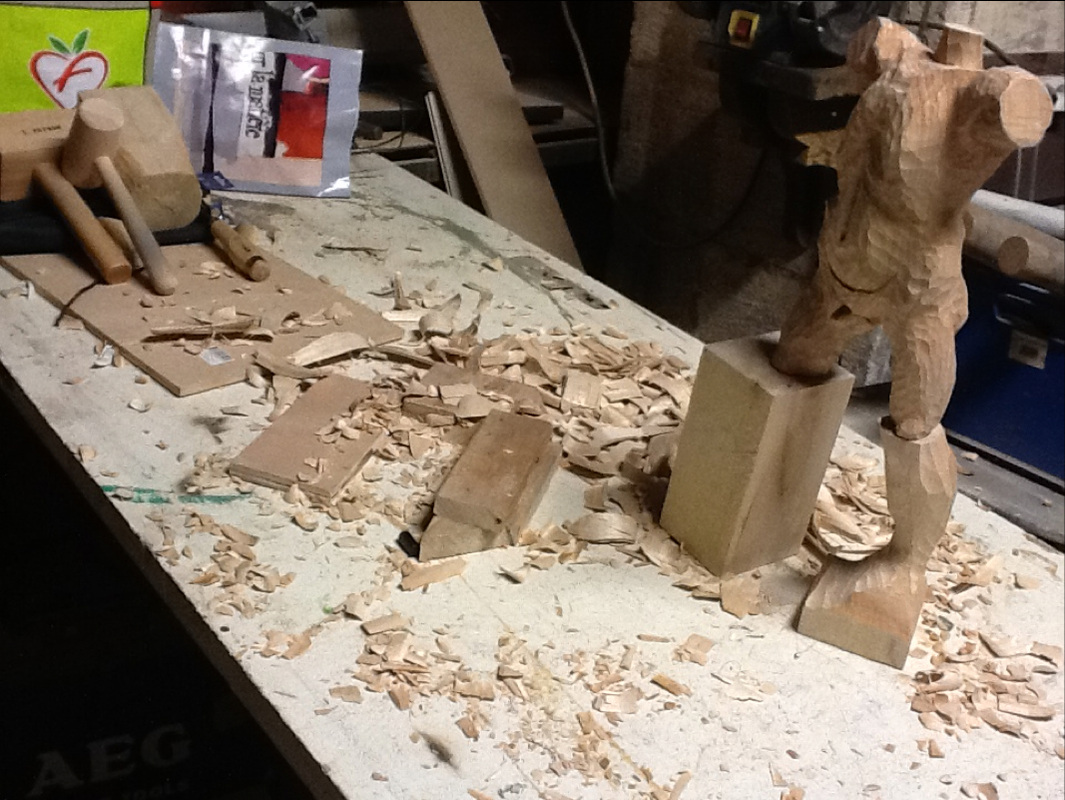

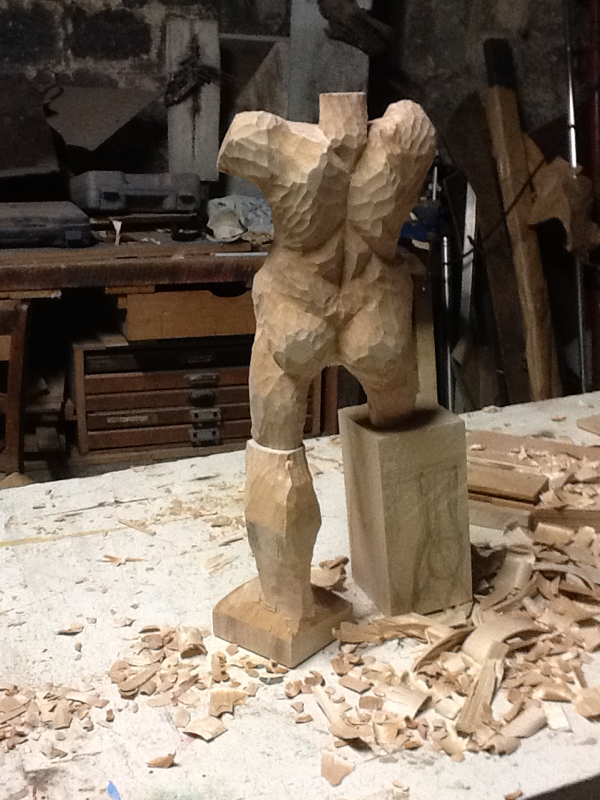
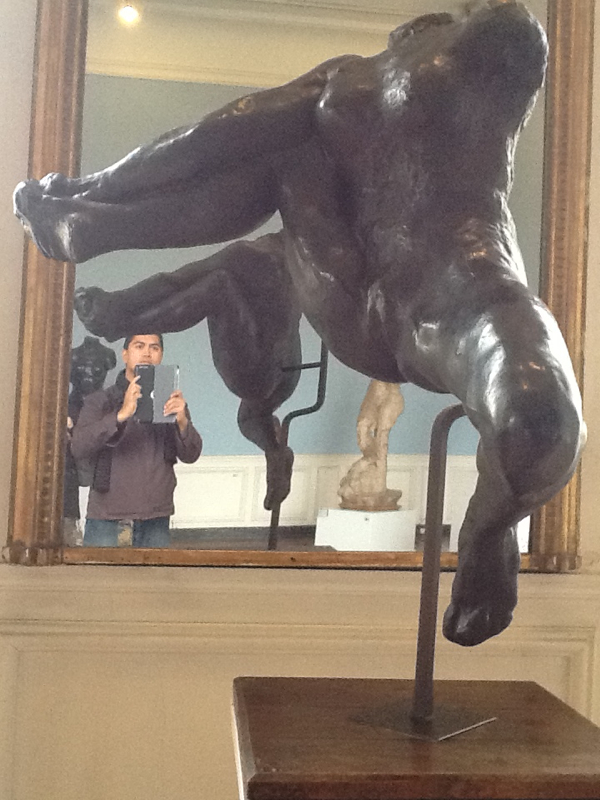
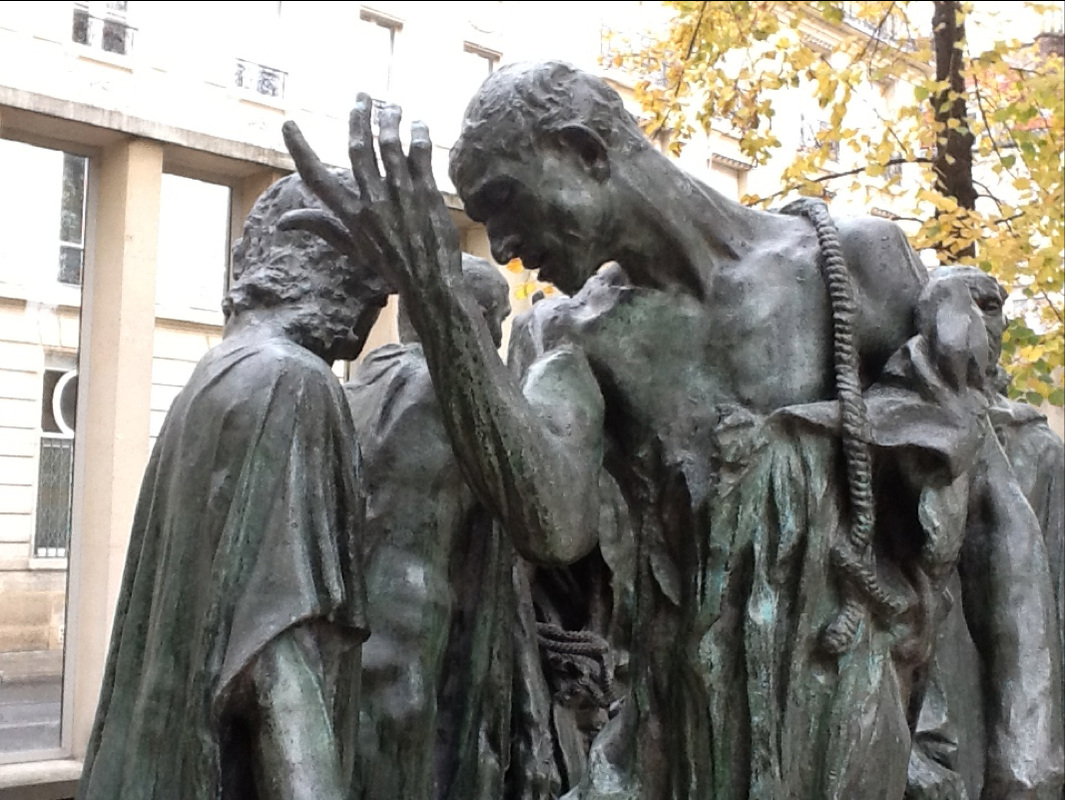
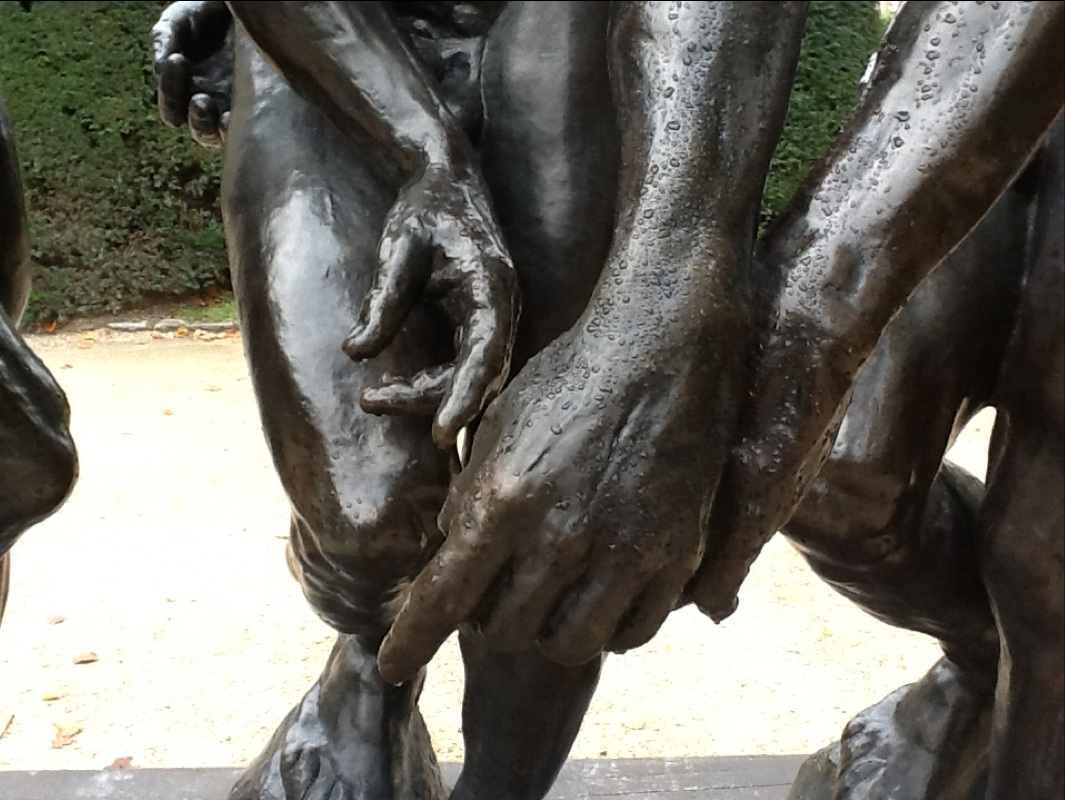
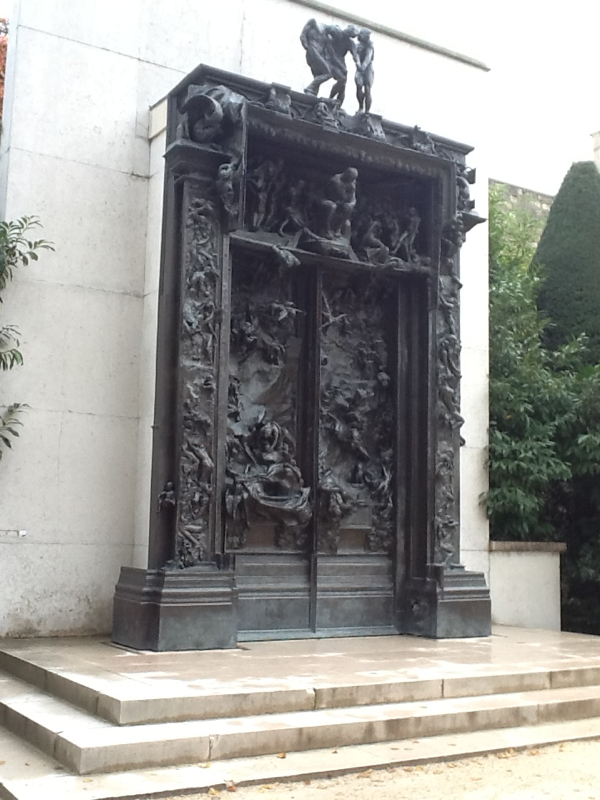
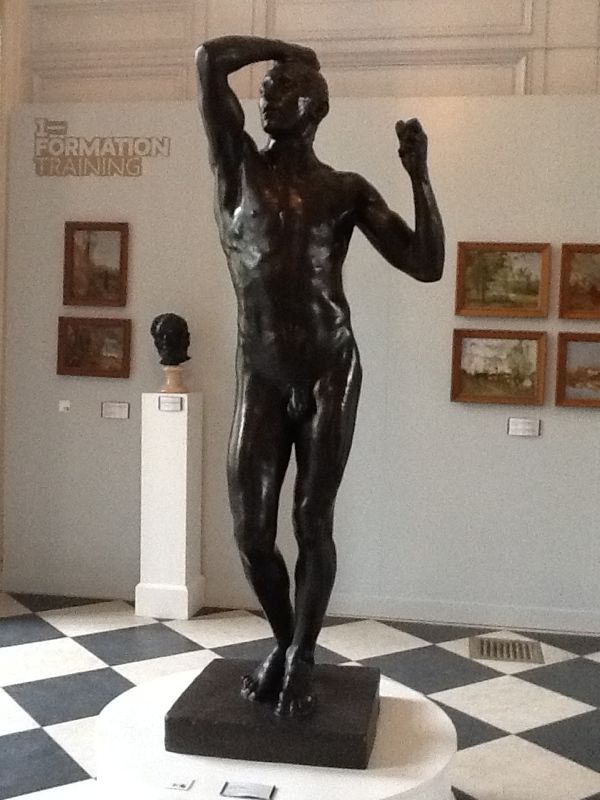
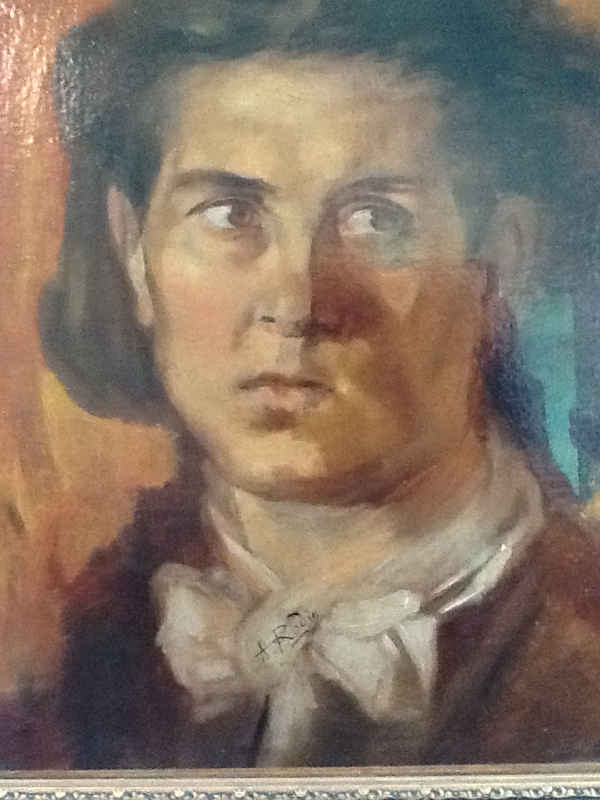
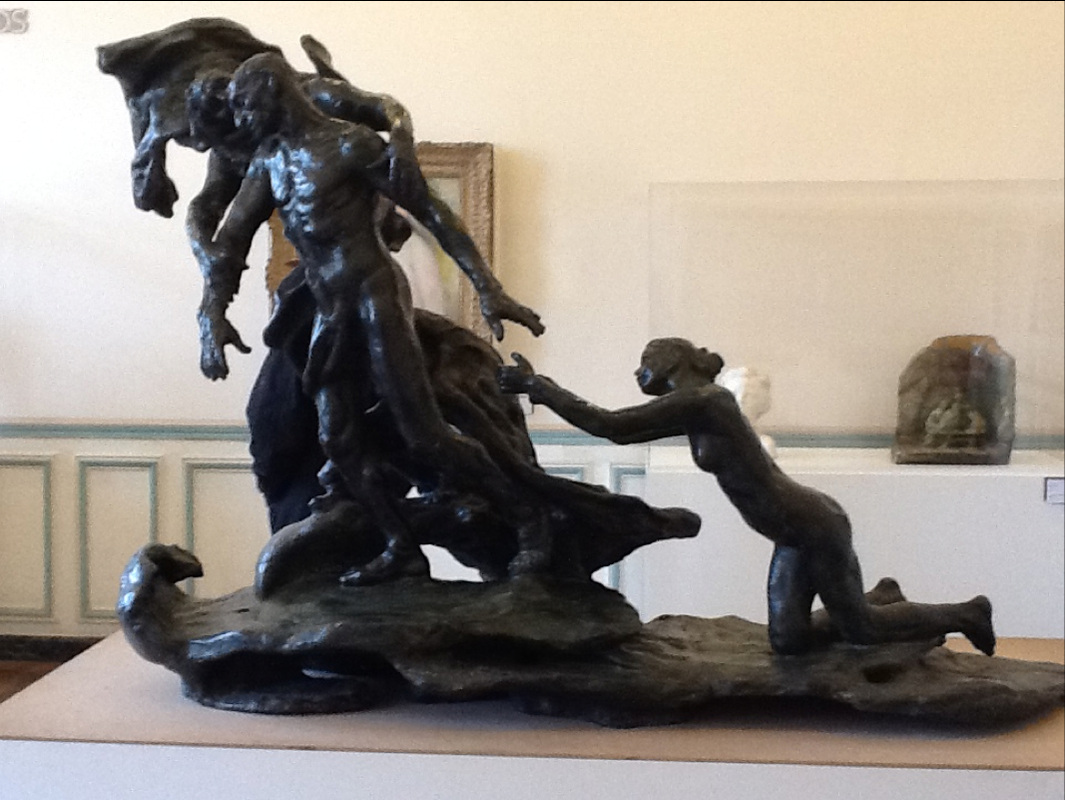
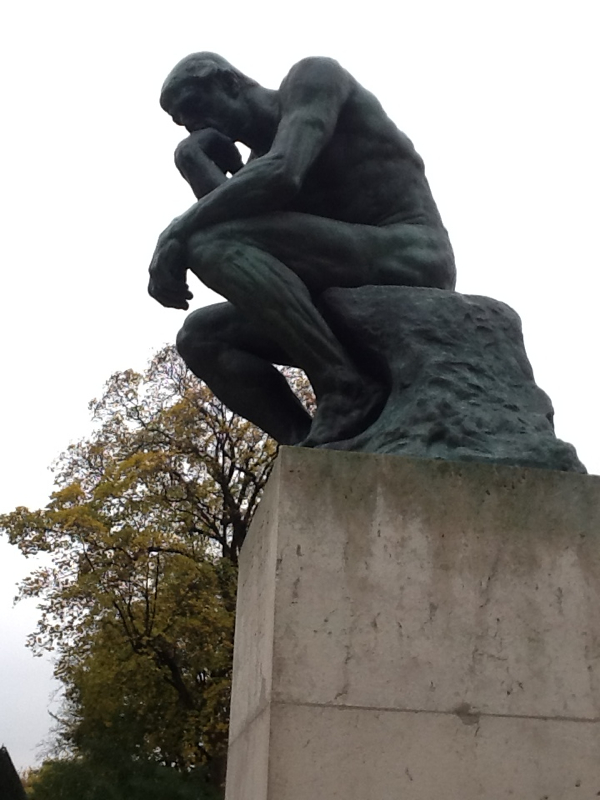
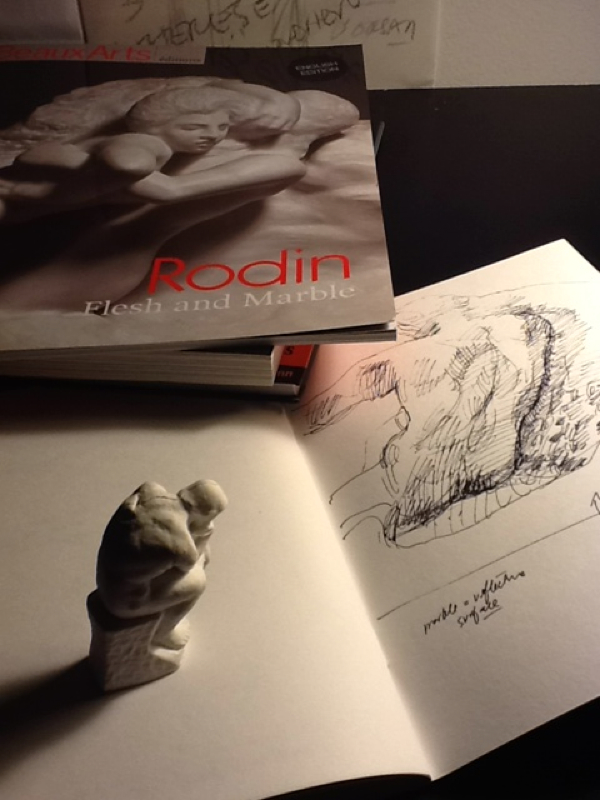
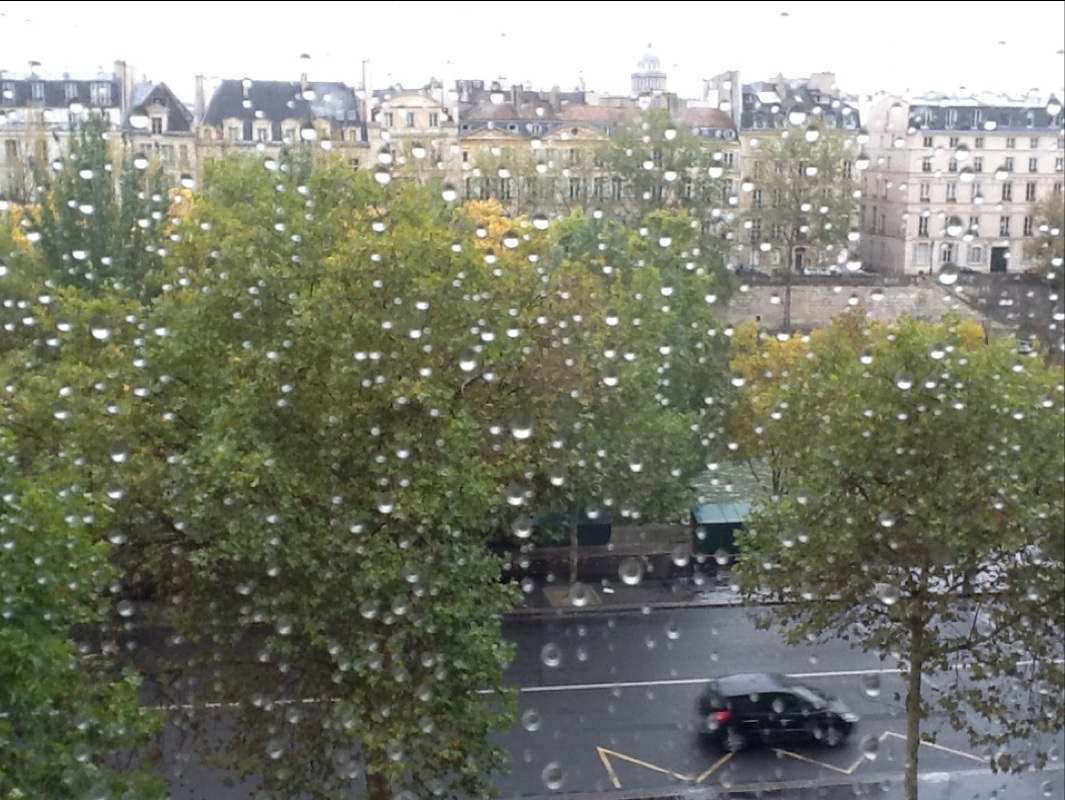
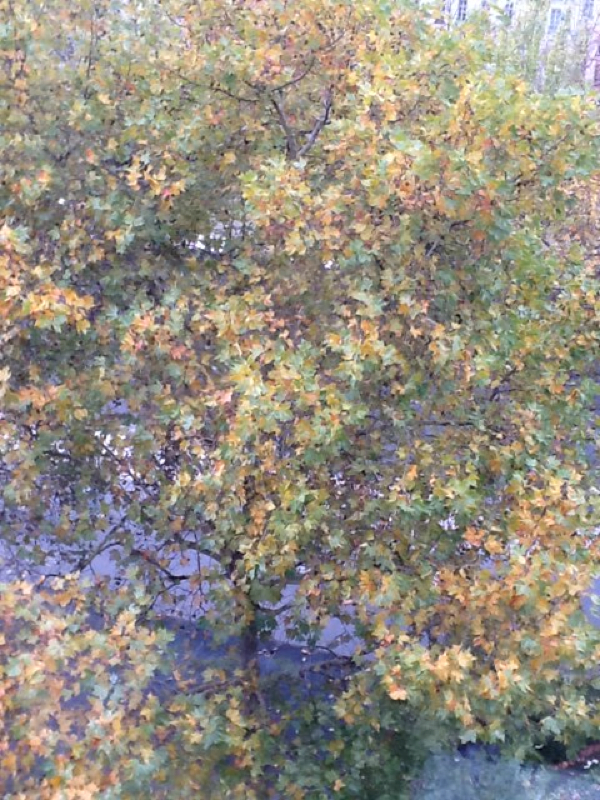
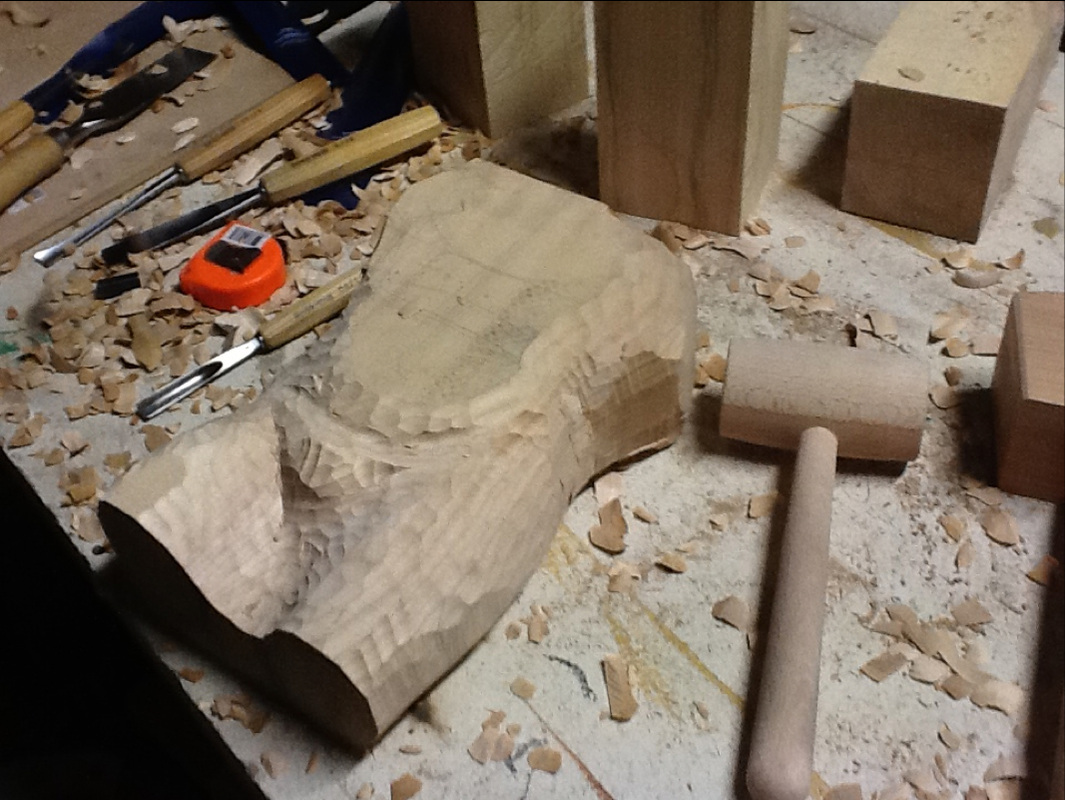
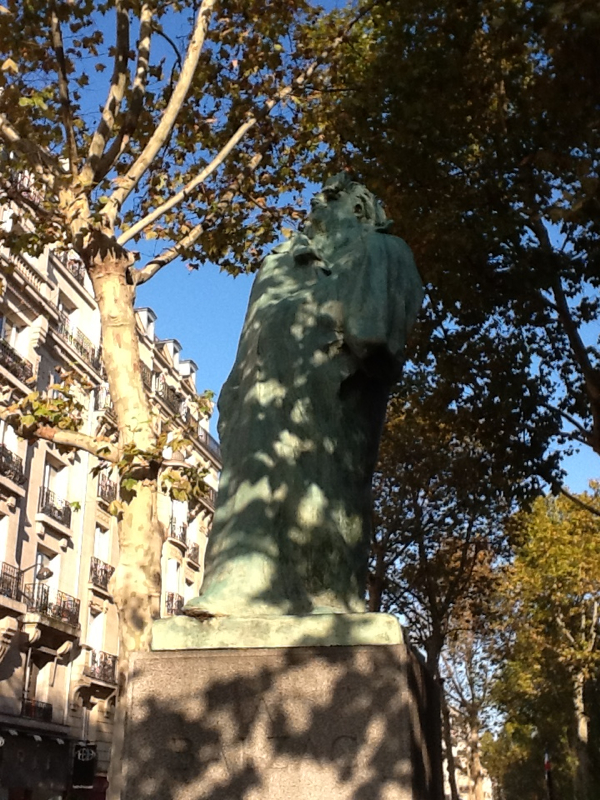
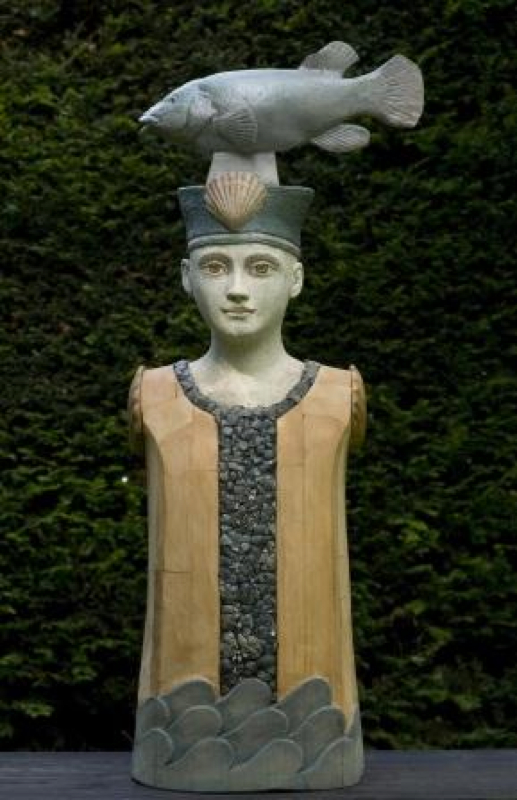
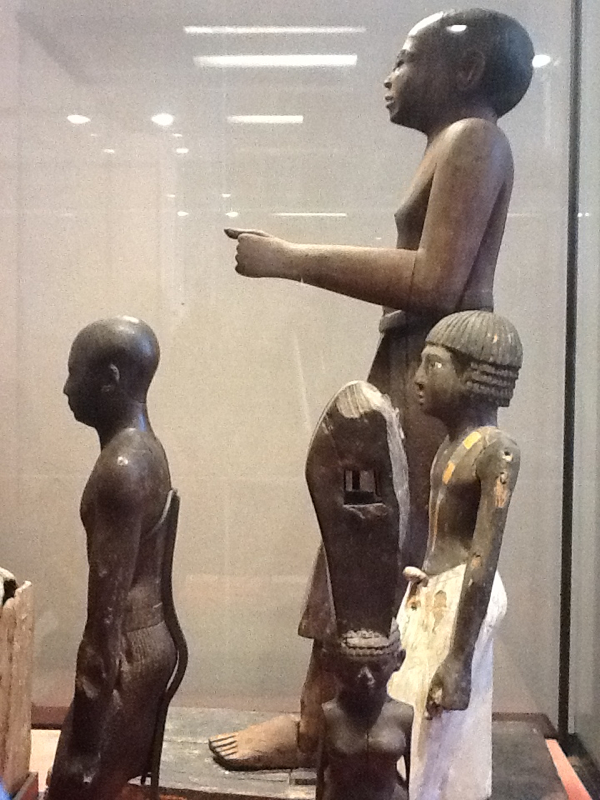
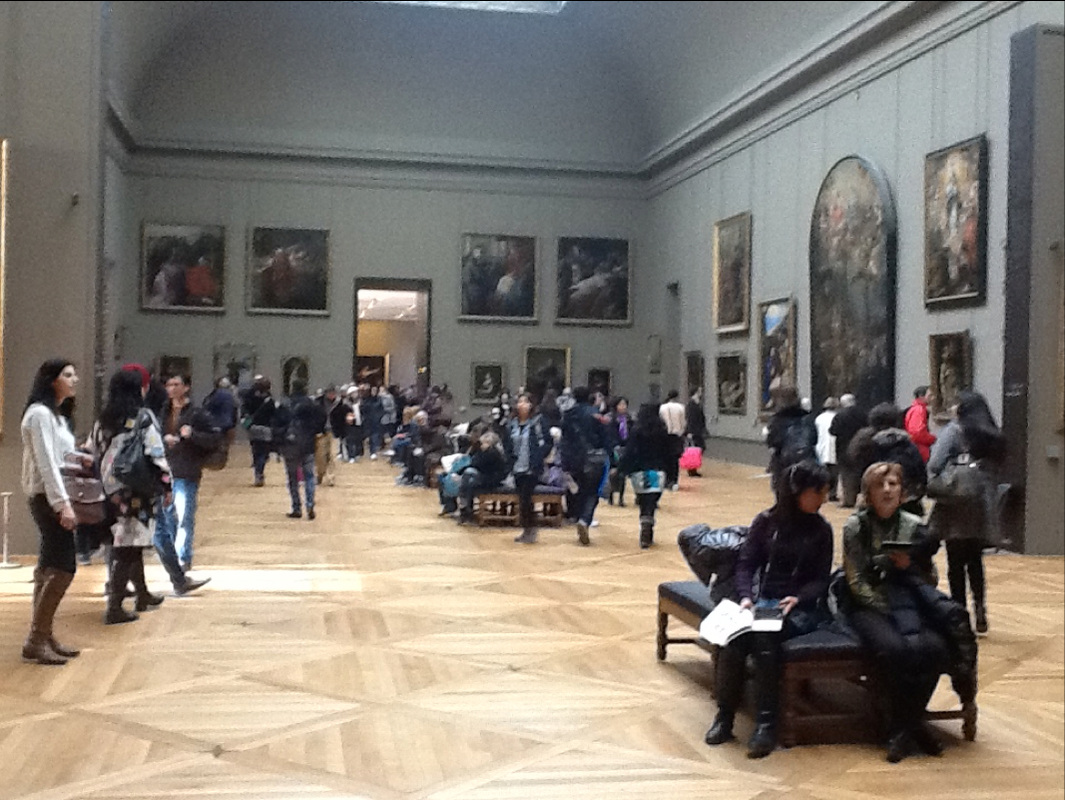
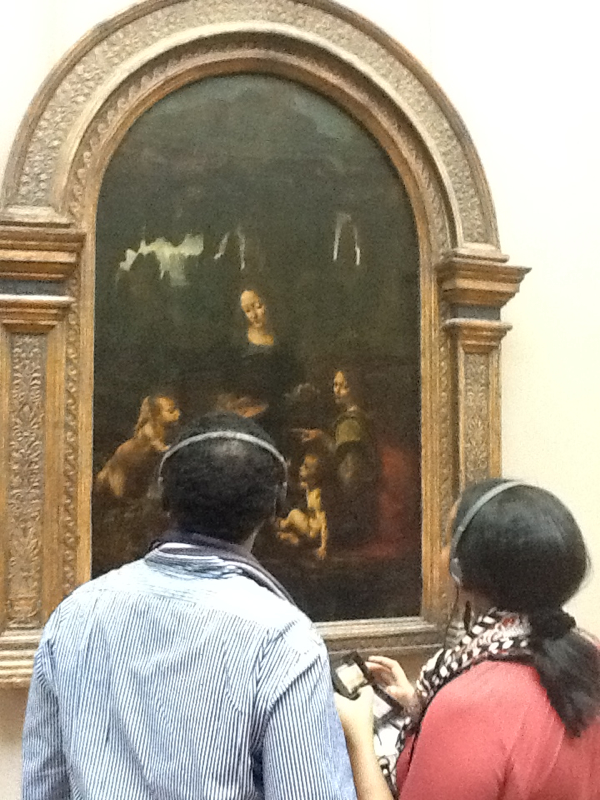
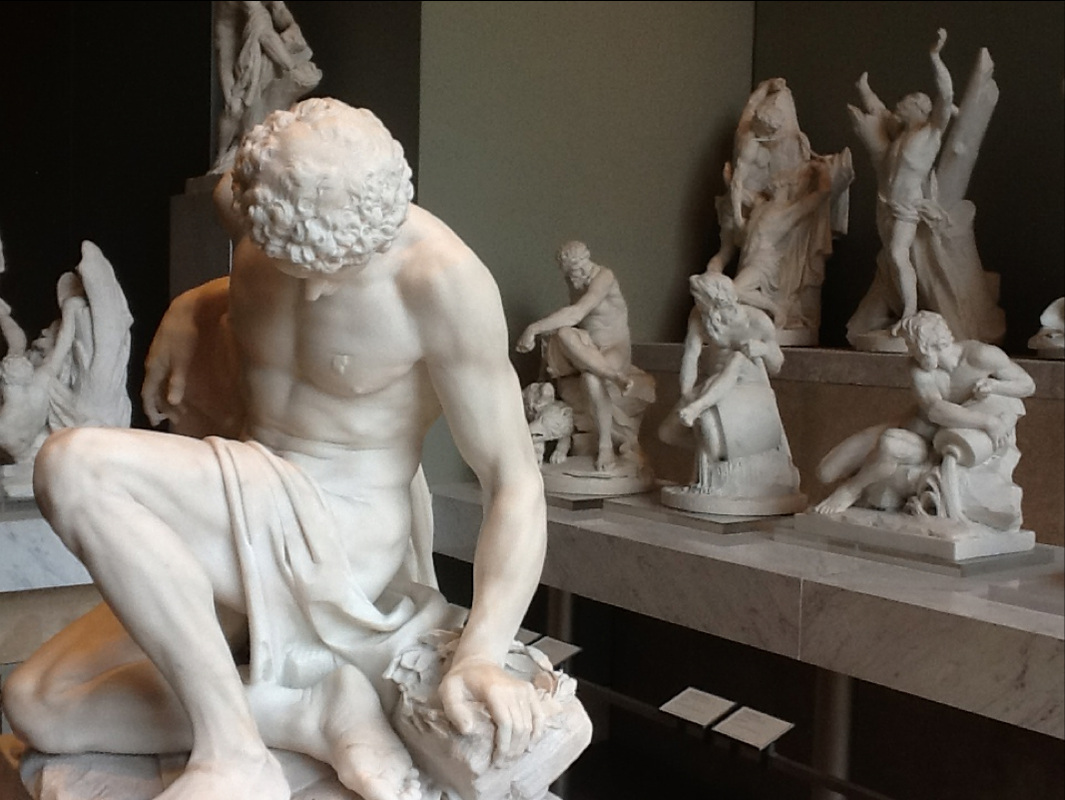
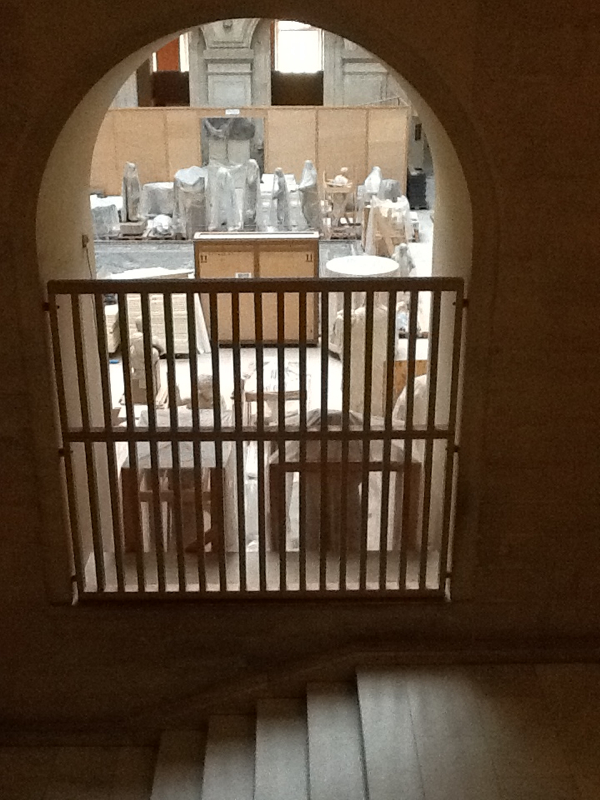
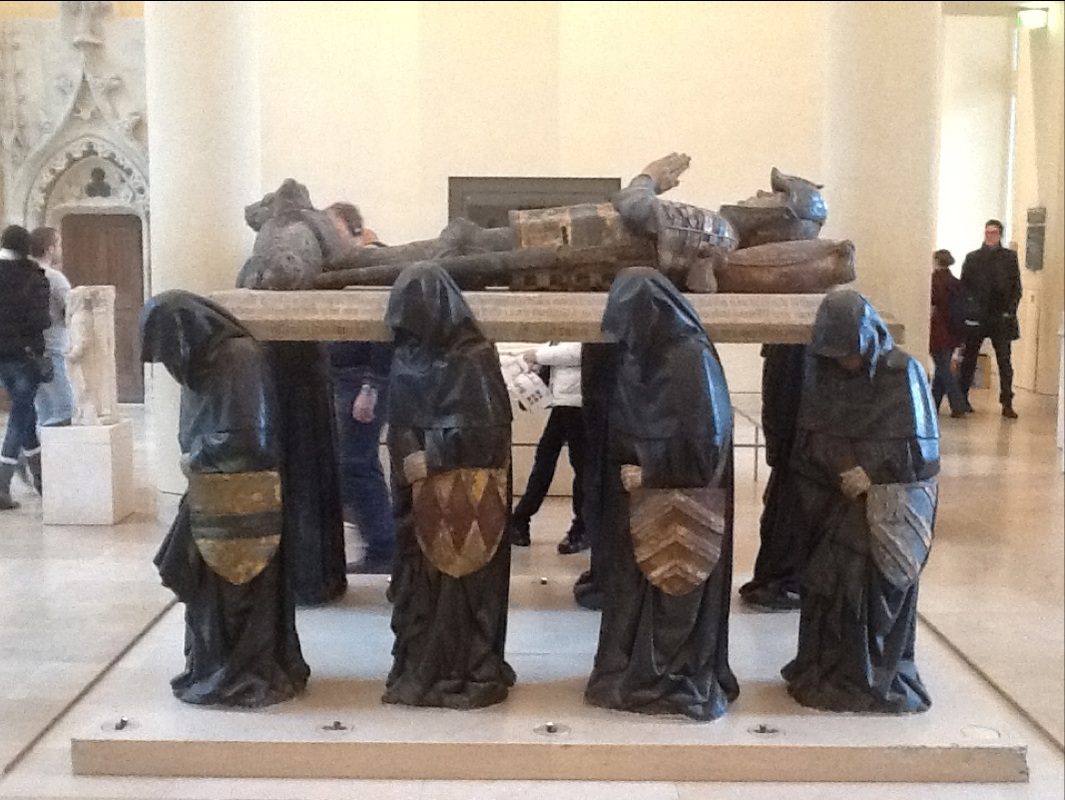
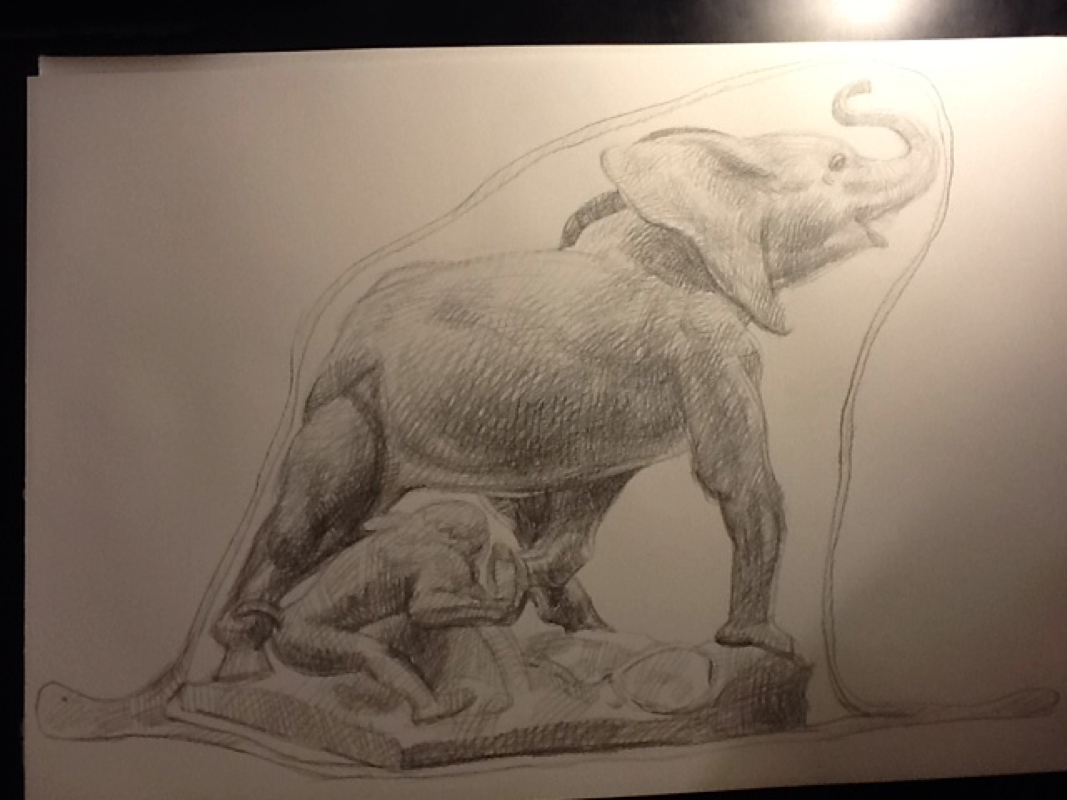
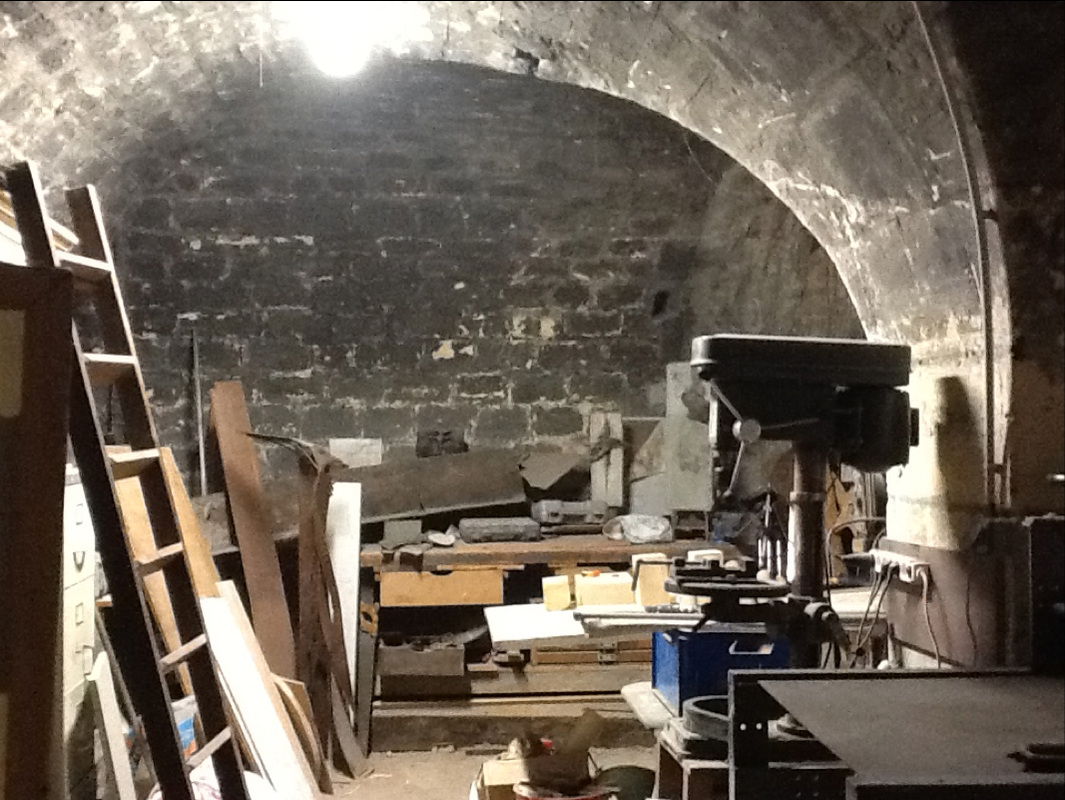
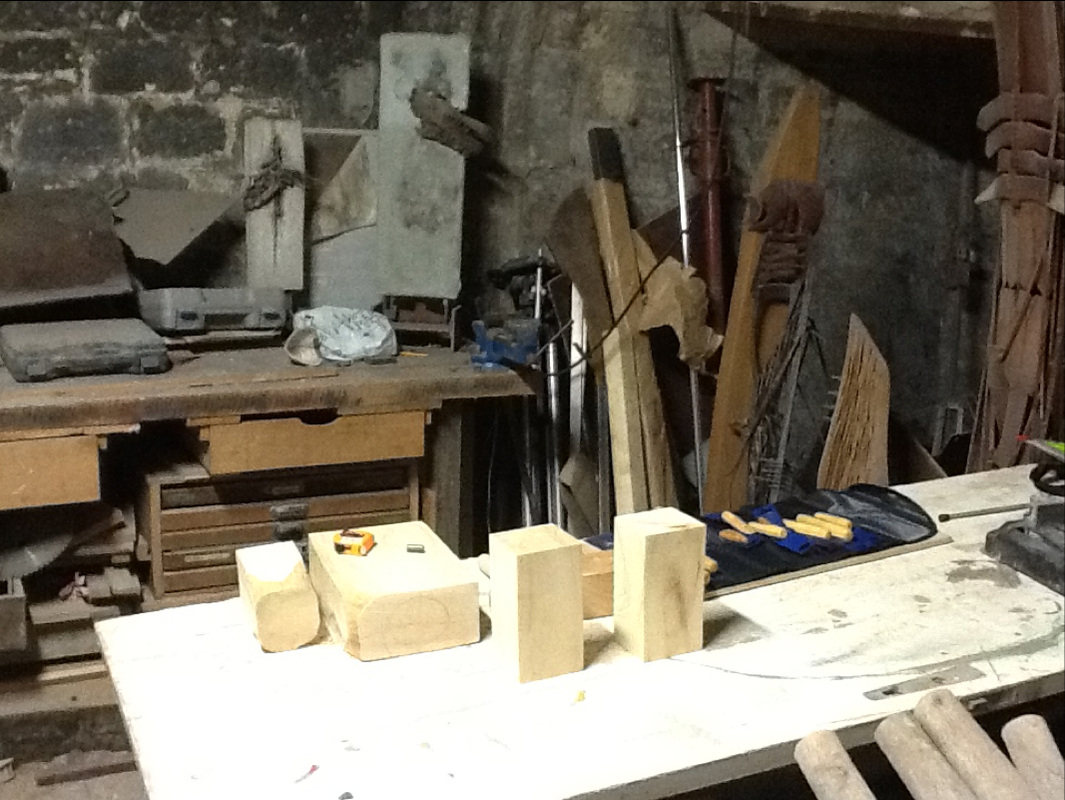
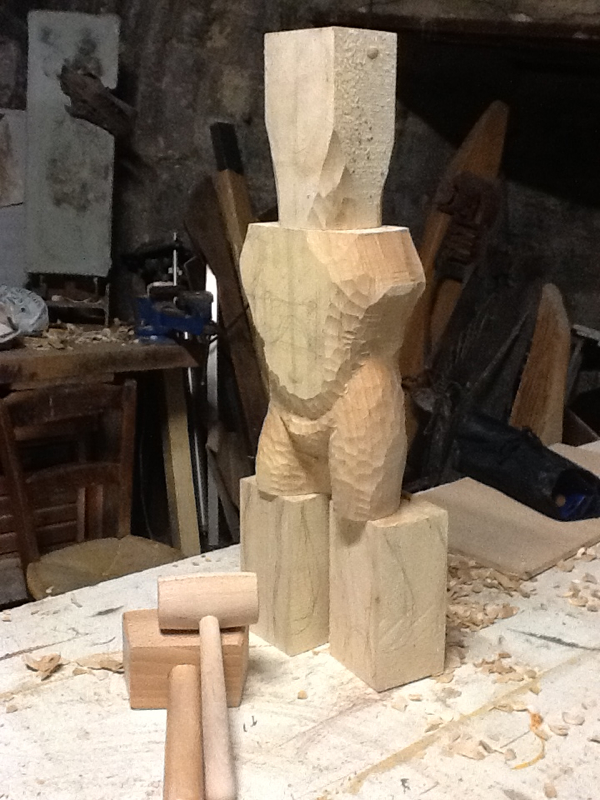
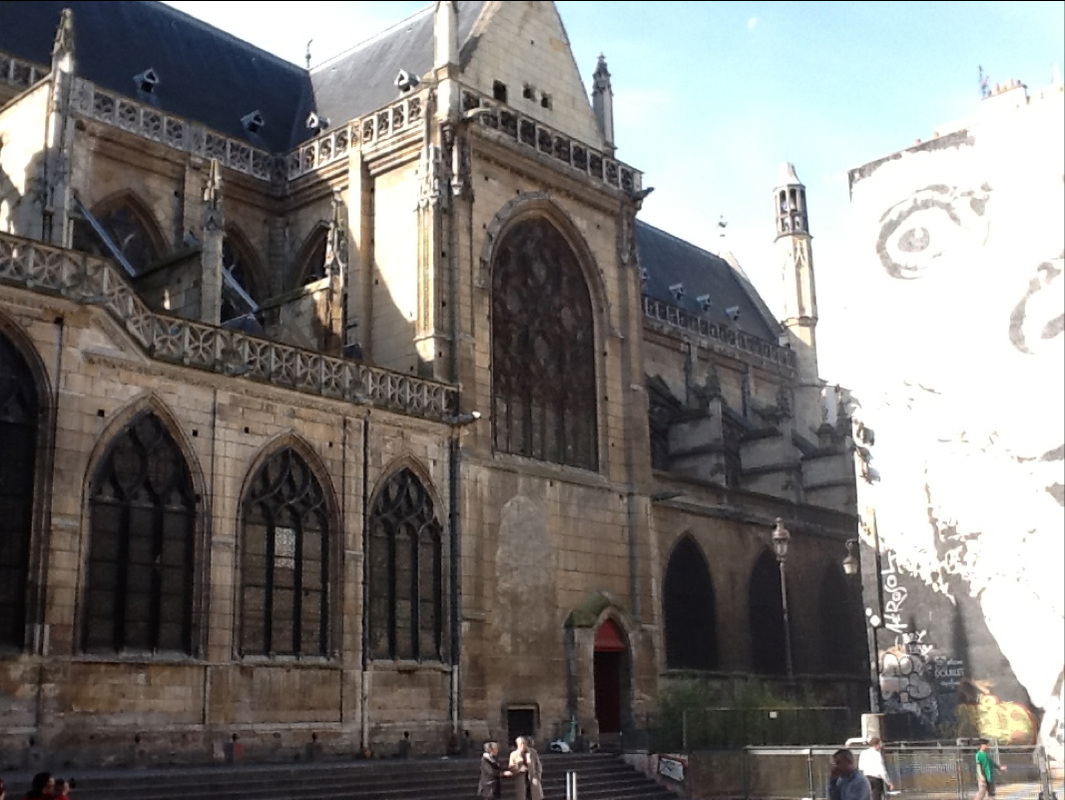
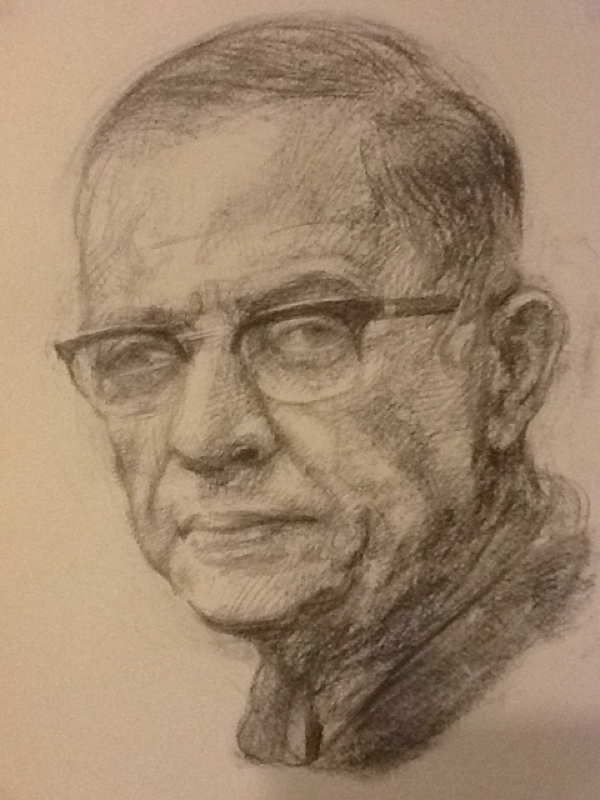
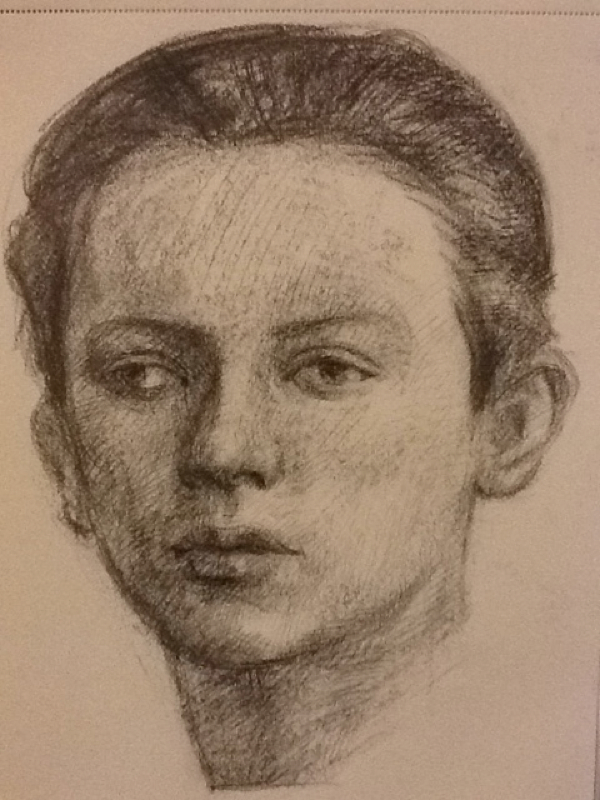
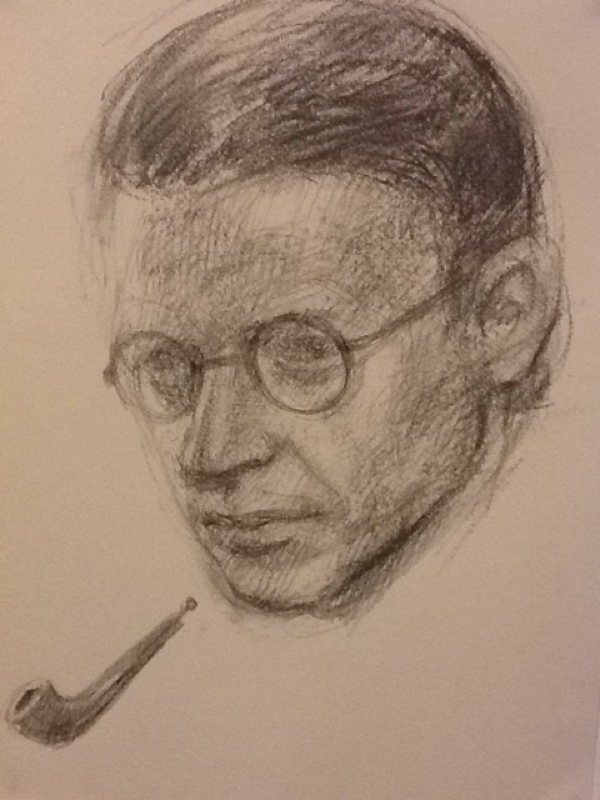
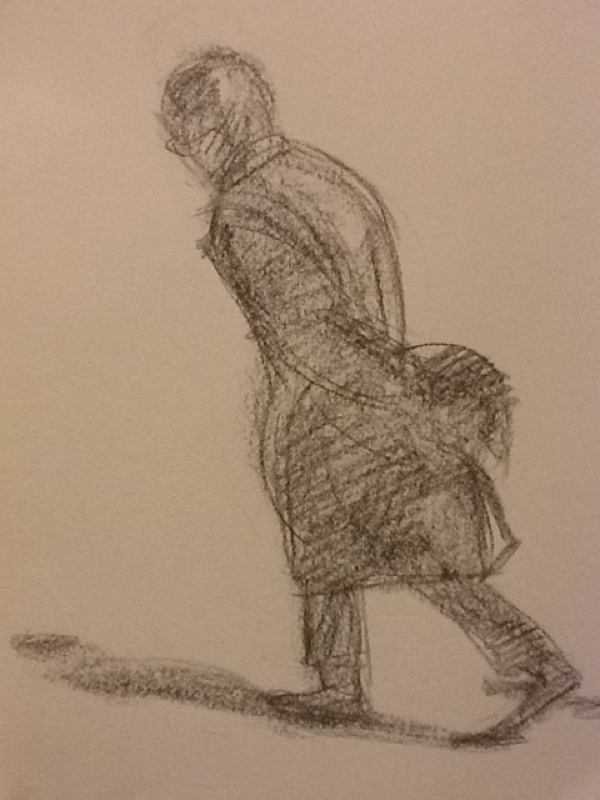
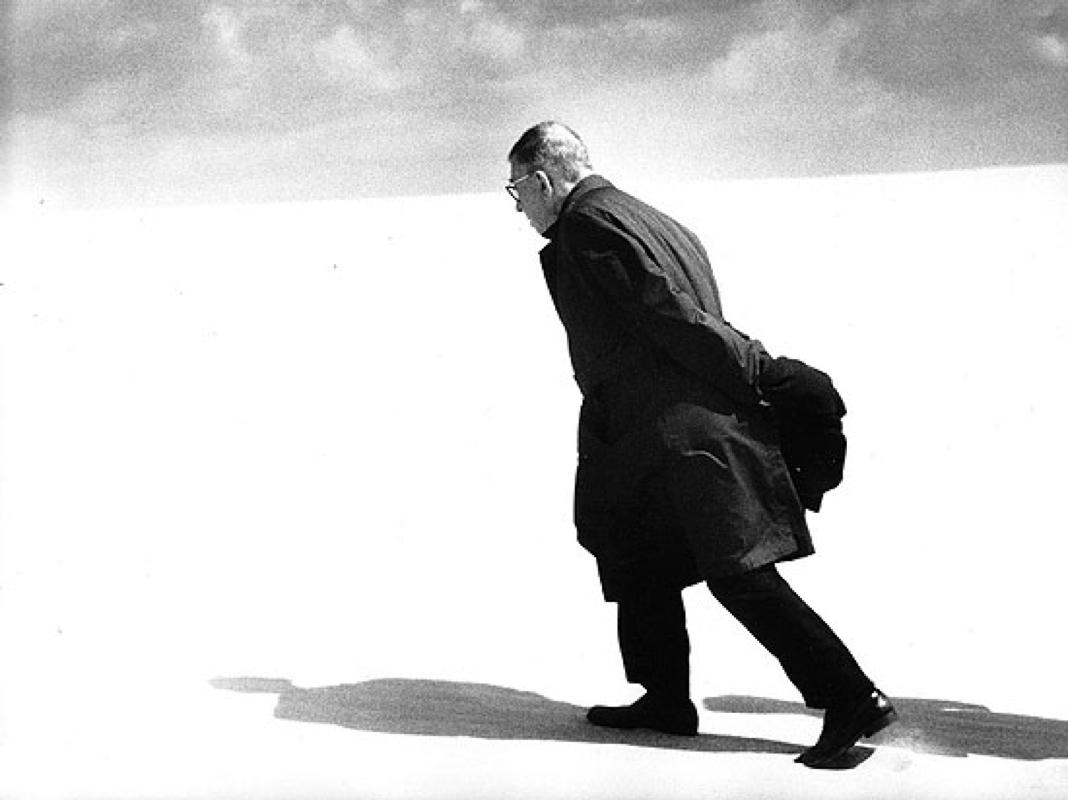
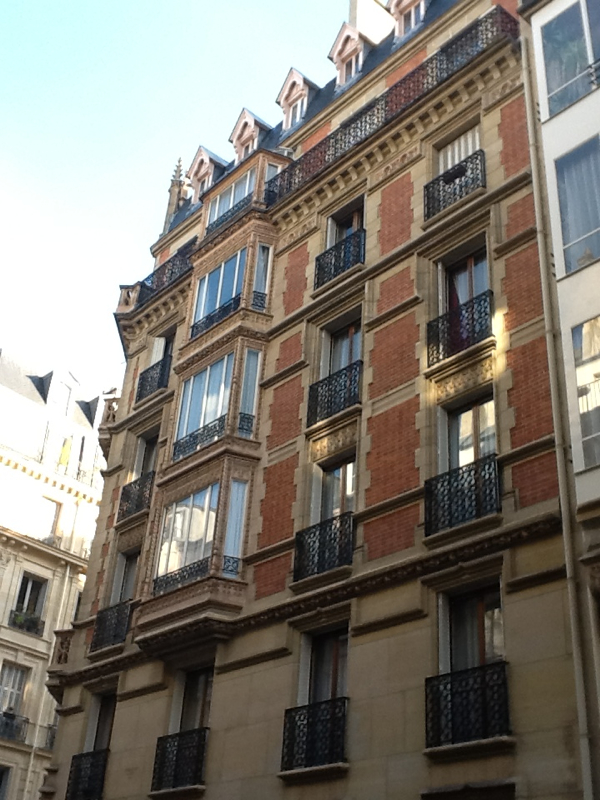
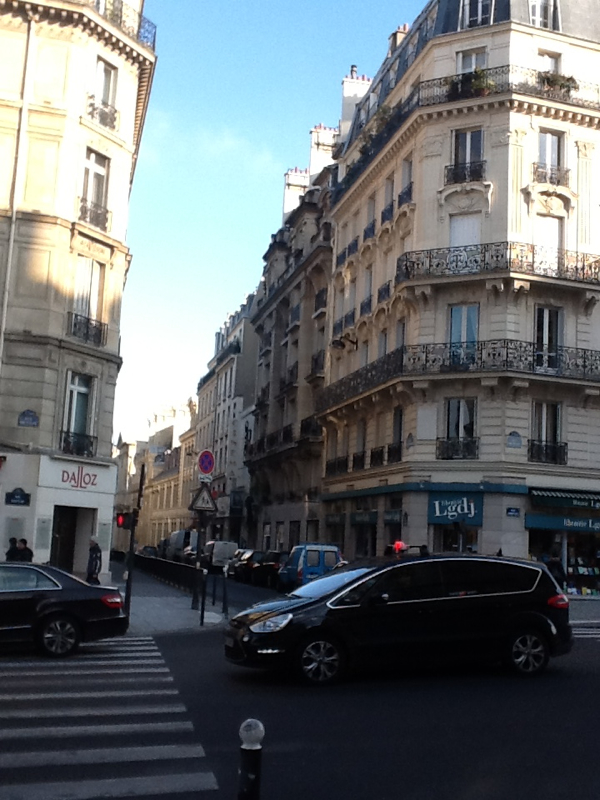
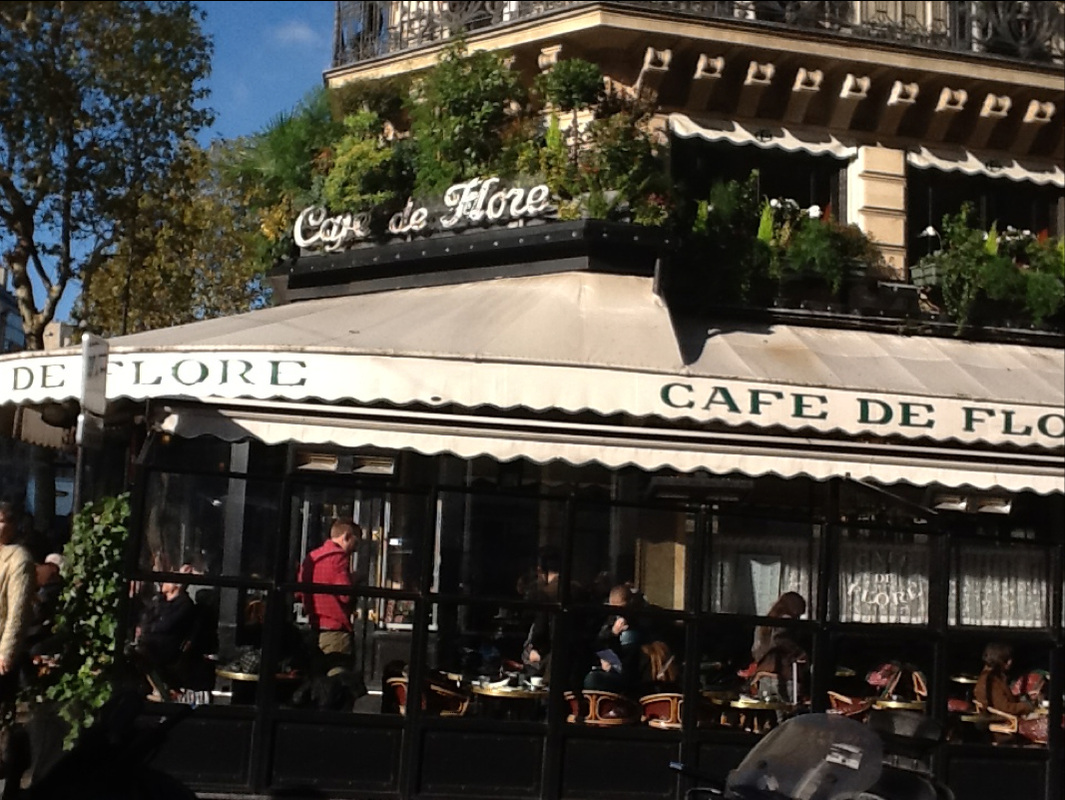
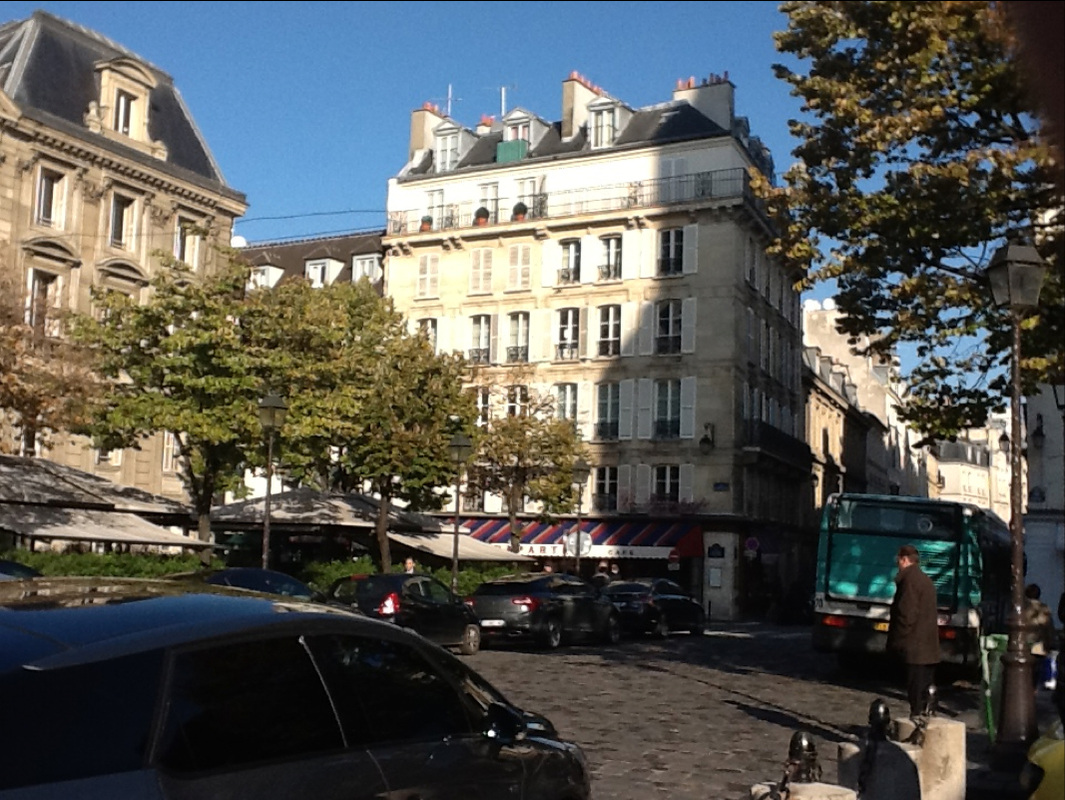
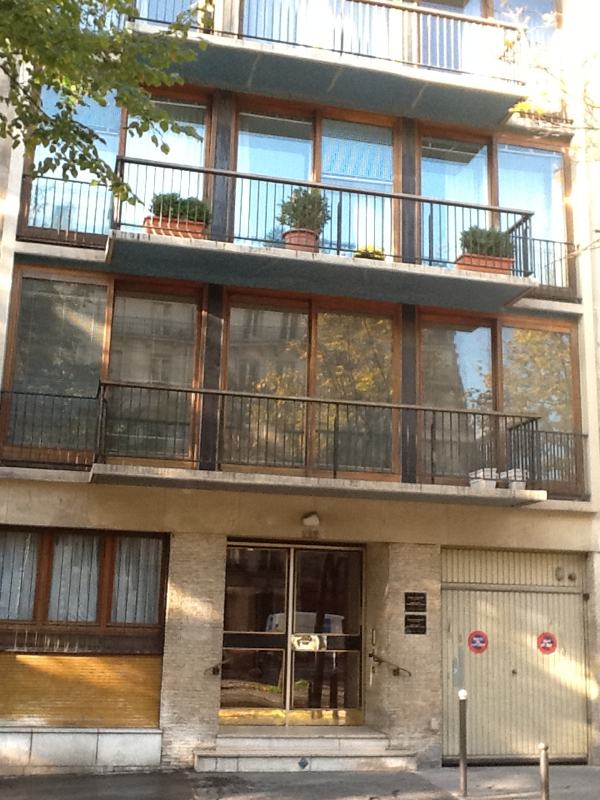
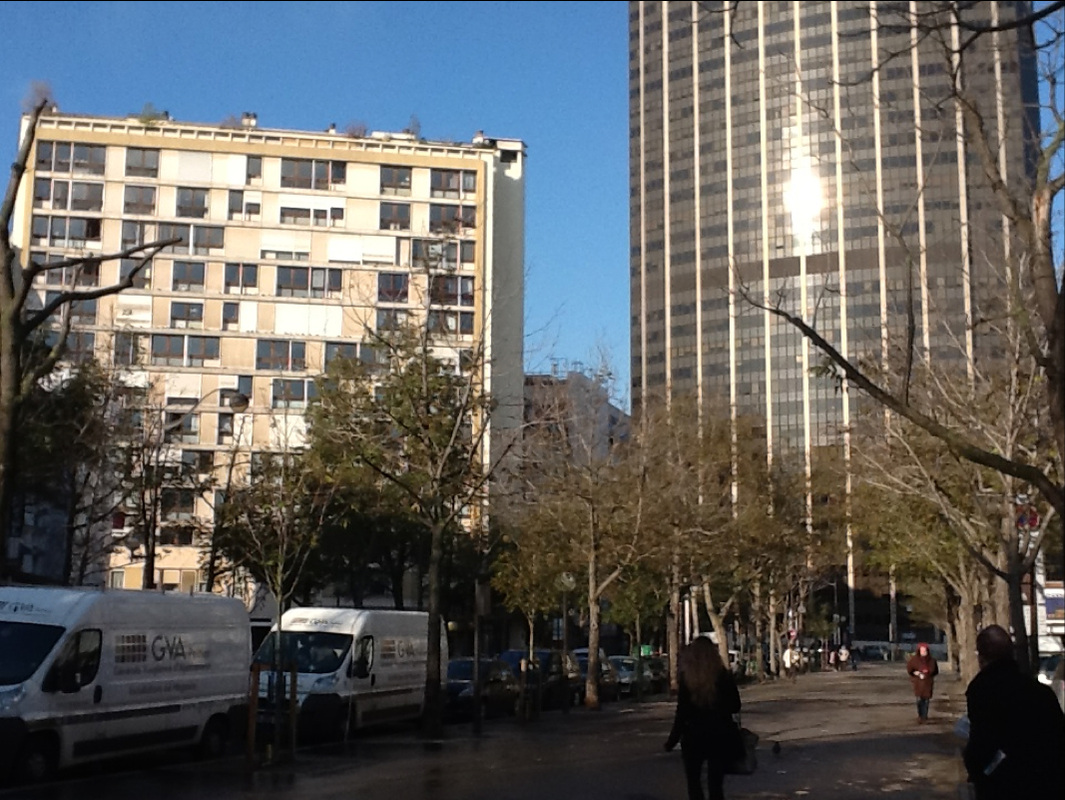
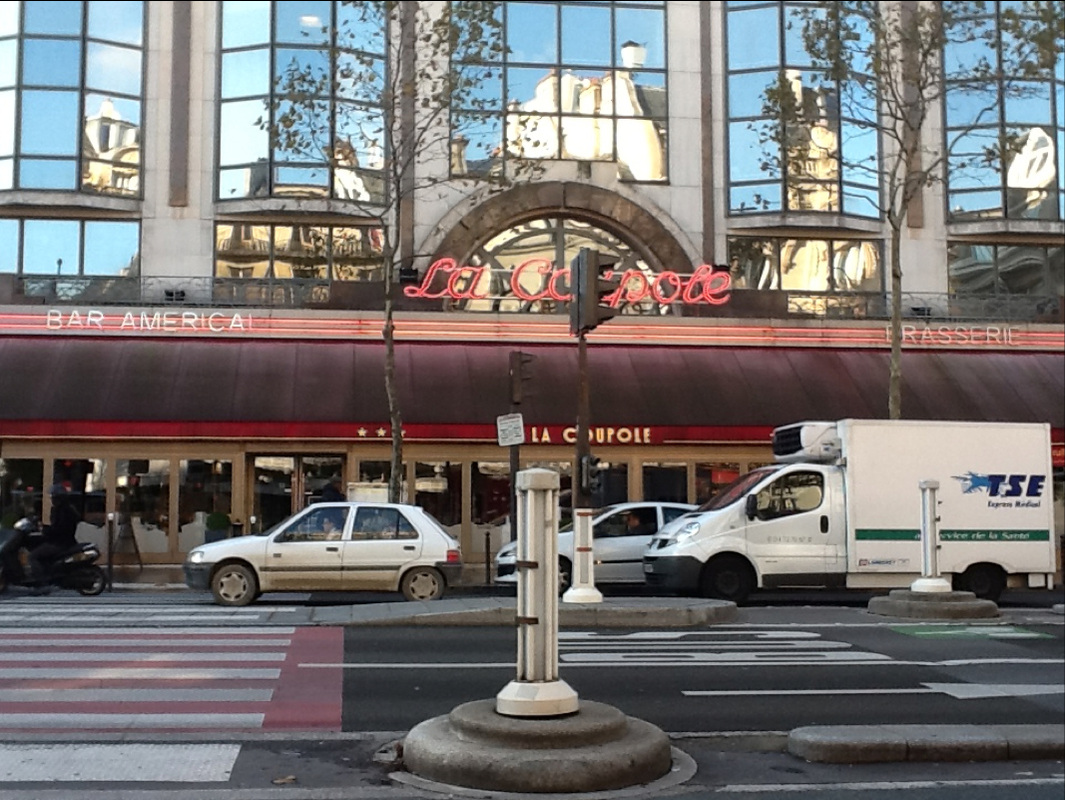
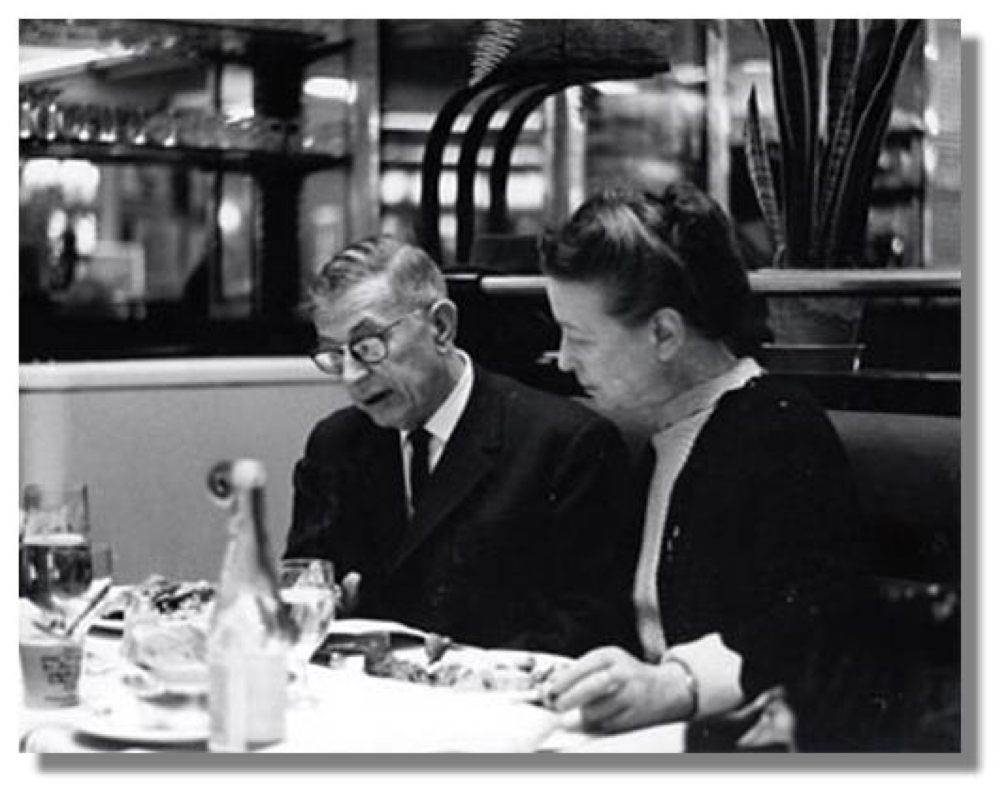
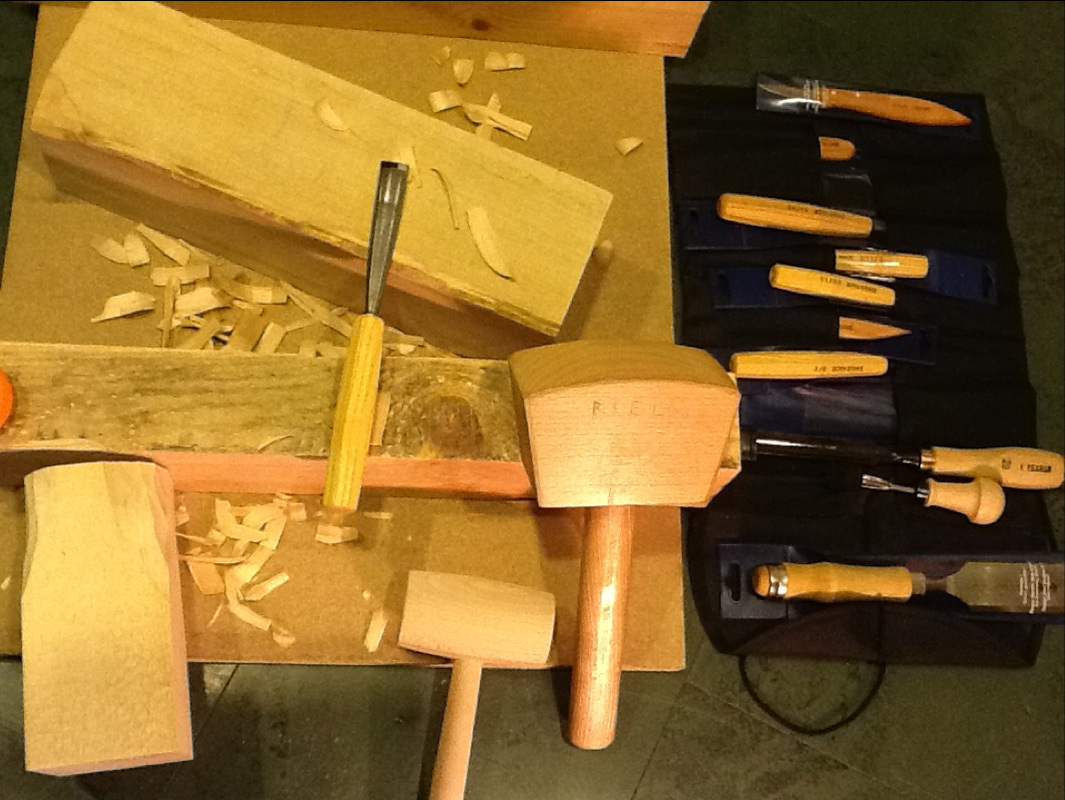
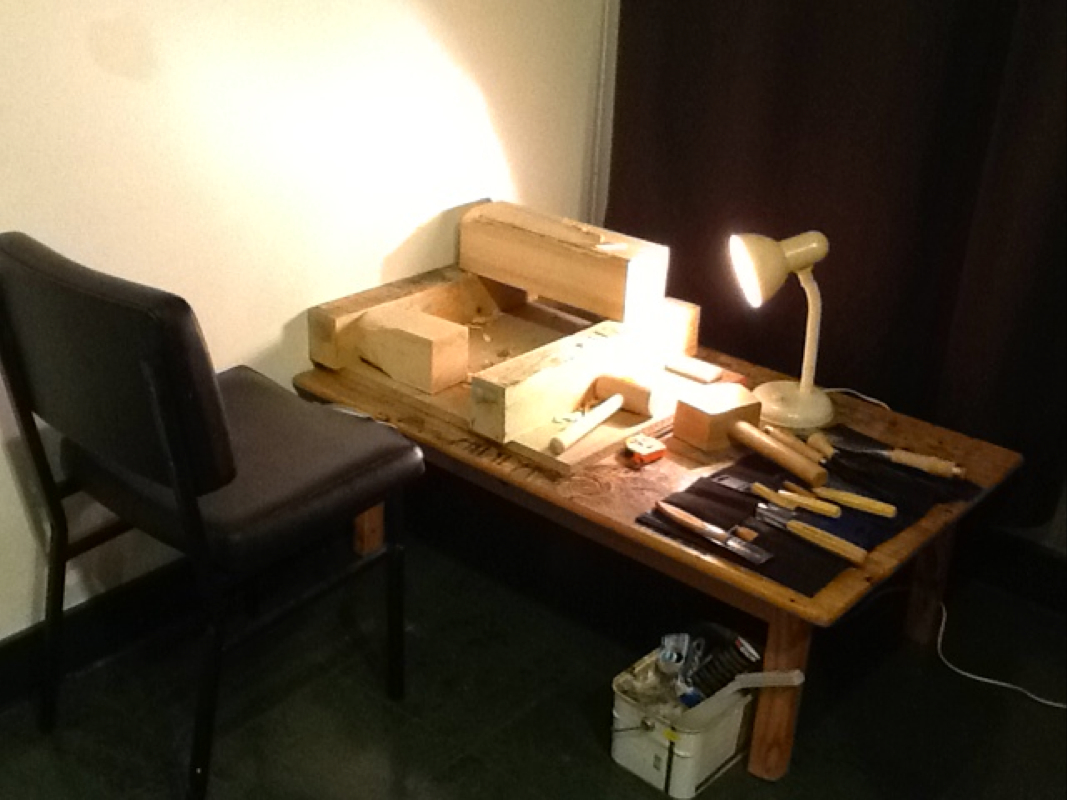
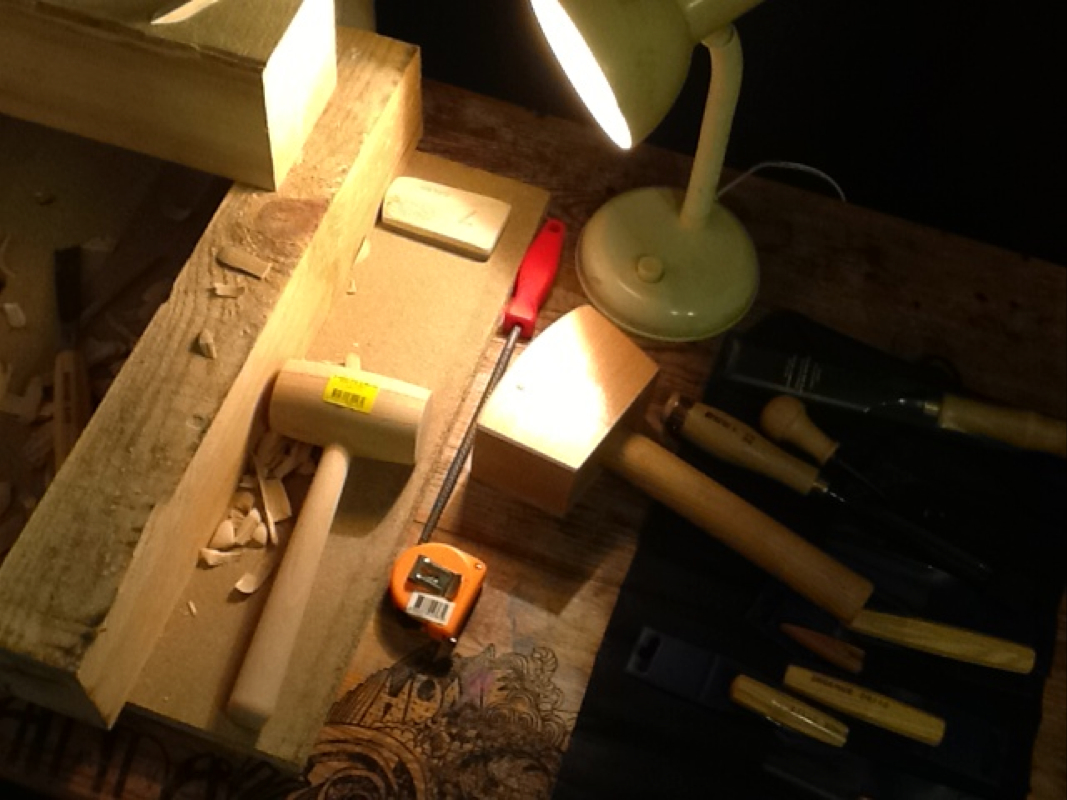
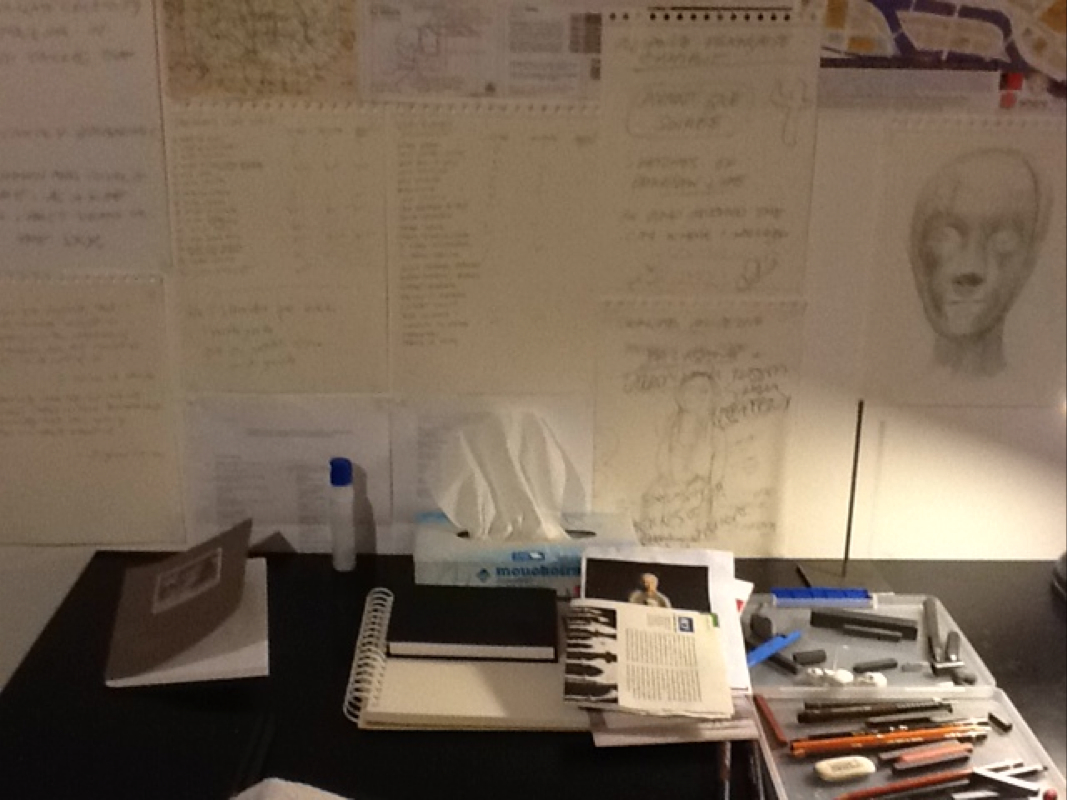
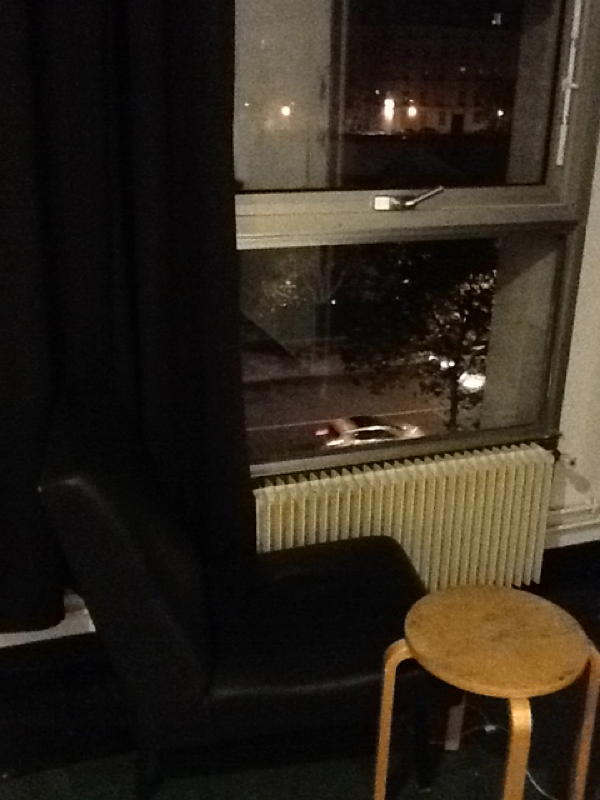
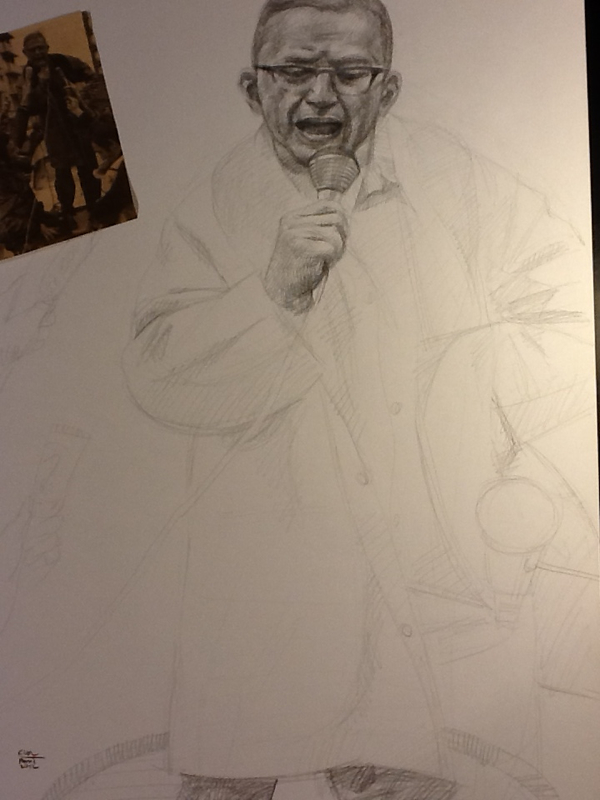
 RSS Feed
RSS Feed